The RDK Accelerator Home UI version 3 is the latest version of the RDK reference UI which provides a full featured UI with a modern minimalistic design using a dark theme.
The UI uses Lightning SDK Plugins such as Language, Router, Storage and supports Premium apps such as Amazon, YouTube, Xumo along with a selection of Lightning apps from the Metrological App Store. It also includes a wide section of settings which allow a user to take full advantage of the device features such as Audio, Video, Network, Language and more.
The sequential flow this UI provides to the user is listed in below sections.
In summary, the features includes in version 3 are:
The app loads a new splash logo when the device boots up which remains for a few seconds and then leads to user on-boarding screens if device is booting up afresh.
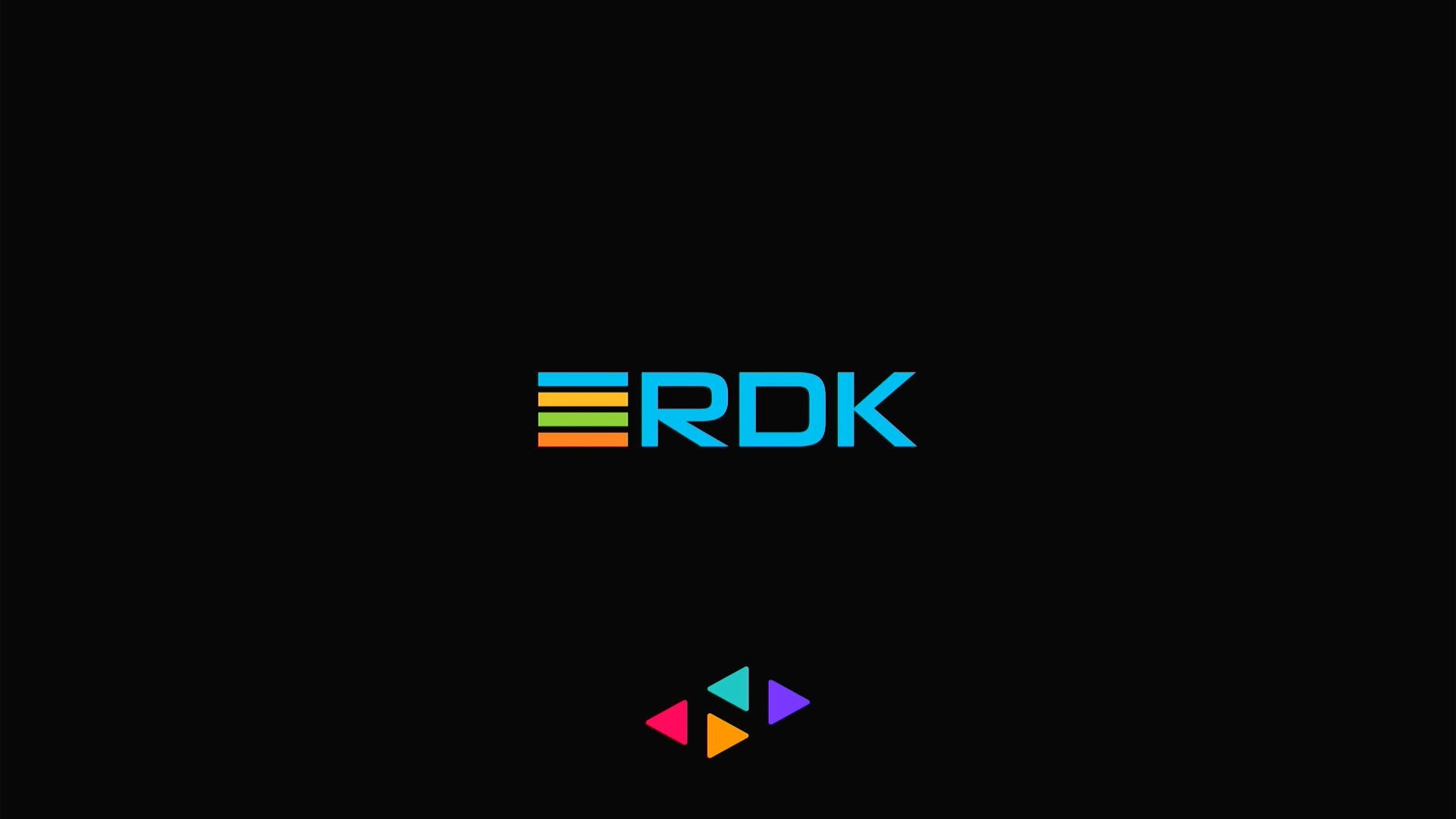
This screens shall appear only once the device is booting up. Criteria used to detect the fresh boot is by verifying whether any previous Remote Control Unit (hereafter RCU) pairing information is available or not. If yes, device shall skip these on-boarding screens and land at the Home screen.
Same features and functionalities are exposed under Settings menu as well for the user to interact later.
UI initiates Bluetooth scan for HID profile to connect and pair with at this point with a configured time-out. How to put the RCU in Bluetooth pairing mode is dependent on the RCU design which is not within UI scope.
Note: this feature of automatic RCU pairing requires RCU model support integrated with BLERCUDaemon at platform firmware build time. If your RCU does not support this feature yet, you can still pair your RCU through the "Settings" menu detailed in later section - "Pair Remote Control".
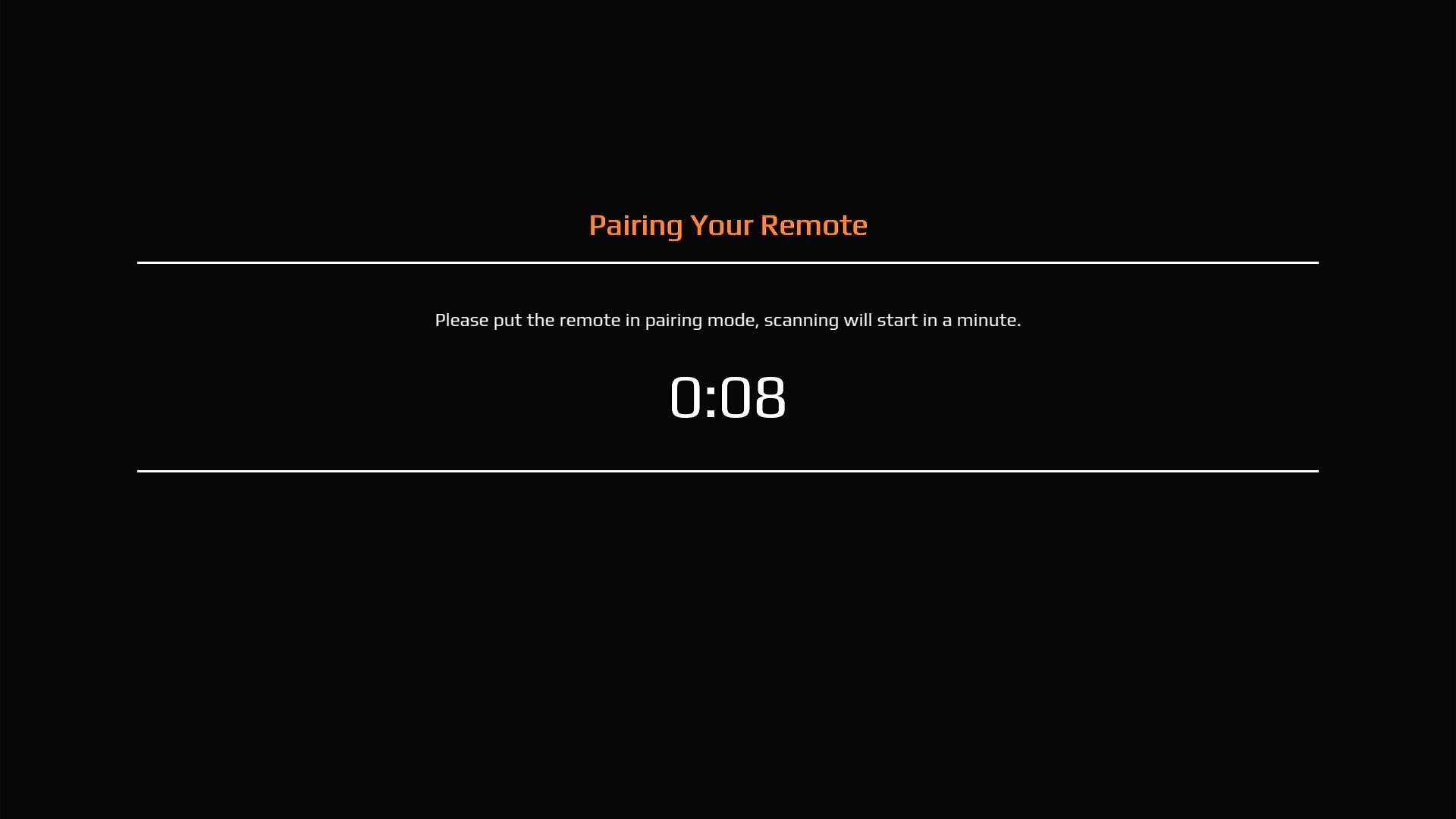
The UI currently supports two languages, English and Spanish. New language support can be integrated with proper resource files added along with the defaults as detailed in upcoming sections. UI will reload to refresh the entire settings and during that time user may see display going blank and a spinner appearing for the reload time.
Note: this spinner is being spawned as a separate app instance.
Network selection screen allows the user to configure connectivity method for internet access to the device.
Preferred interface shall be ETHERNET and if selected, user shall be taken directly to home screen and set default interface to ETHERNET.
Upon selecting Wi-Fi interface, user shall be presented with a list of available wireless networks or an option to connect to the hidden network. Upon selection of a Wi-Fi network user shall be presented a page where he can enter the network credentials.
Added skip section to test the offline mode where UI shall not initiate any network configuration. If the ethernet cable is connected or WiFi is factory configured while selecting the skip button the device's backend may automatically try to connect to the network via respective interface which is not initiated by UI.
Below snapshots details related screens.
Note: (Limitation) Only DHCP mode is supported at the moment.
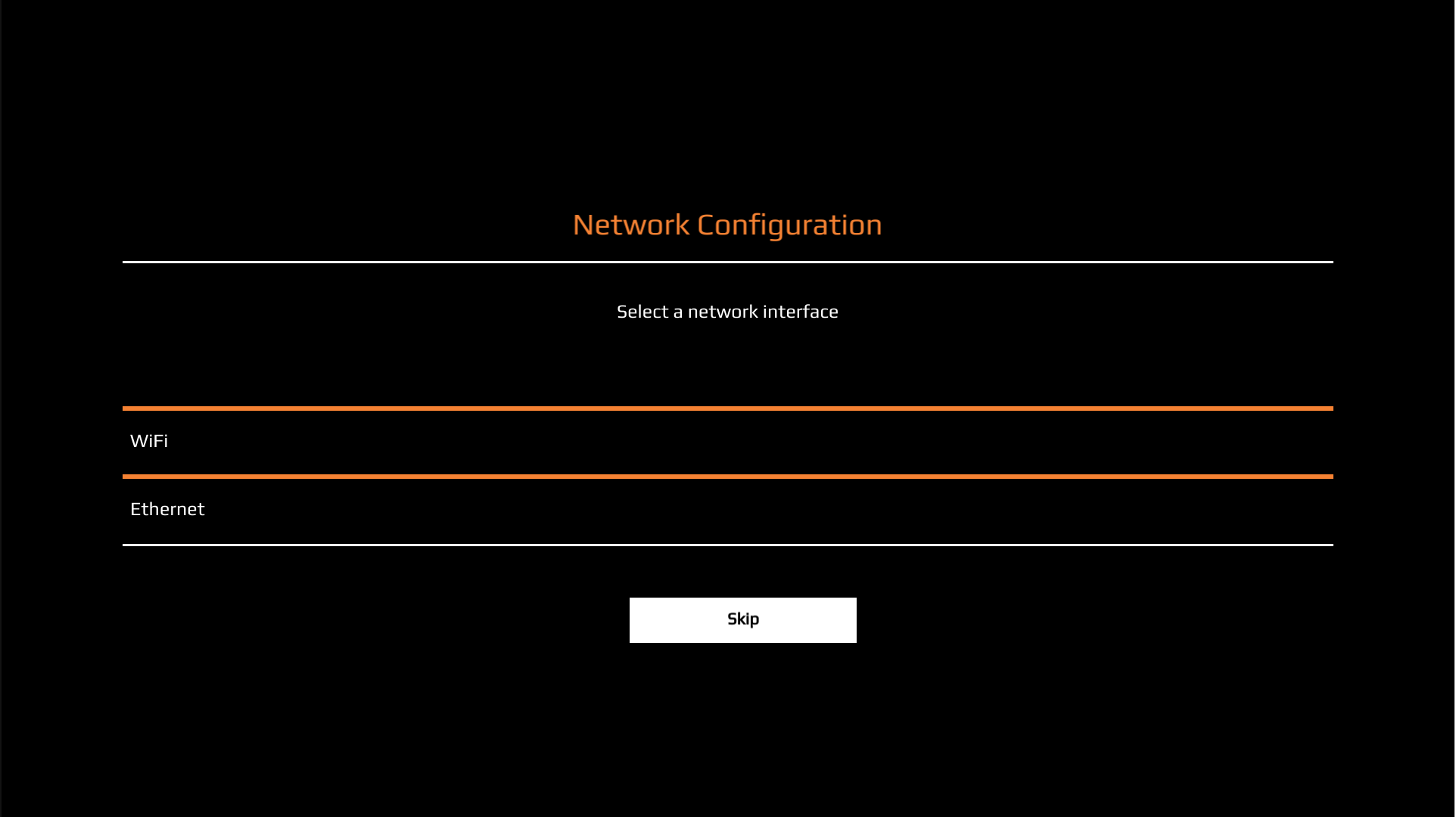
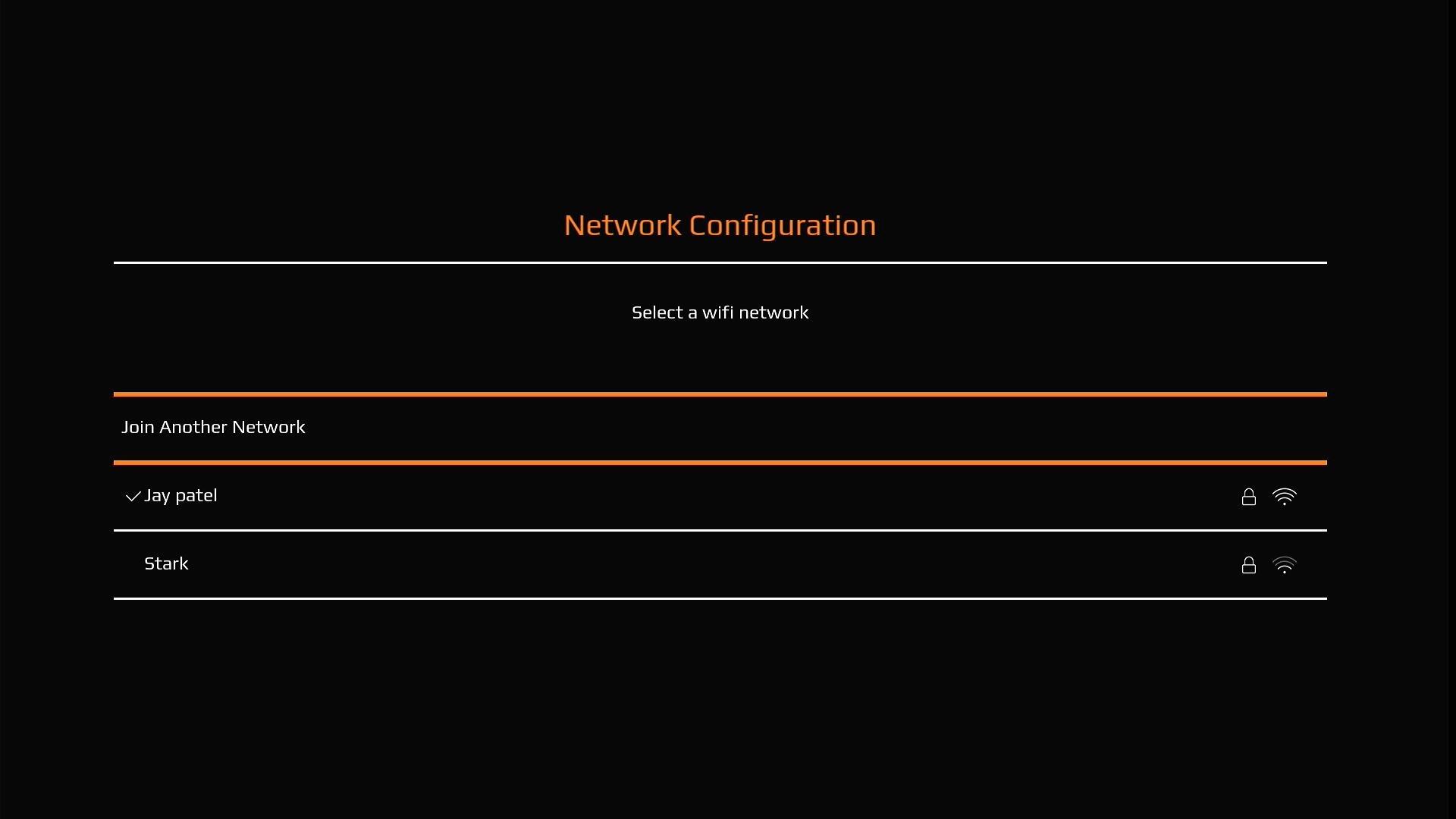
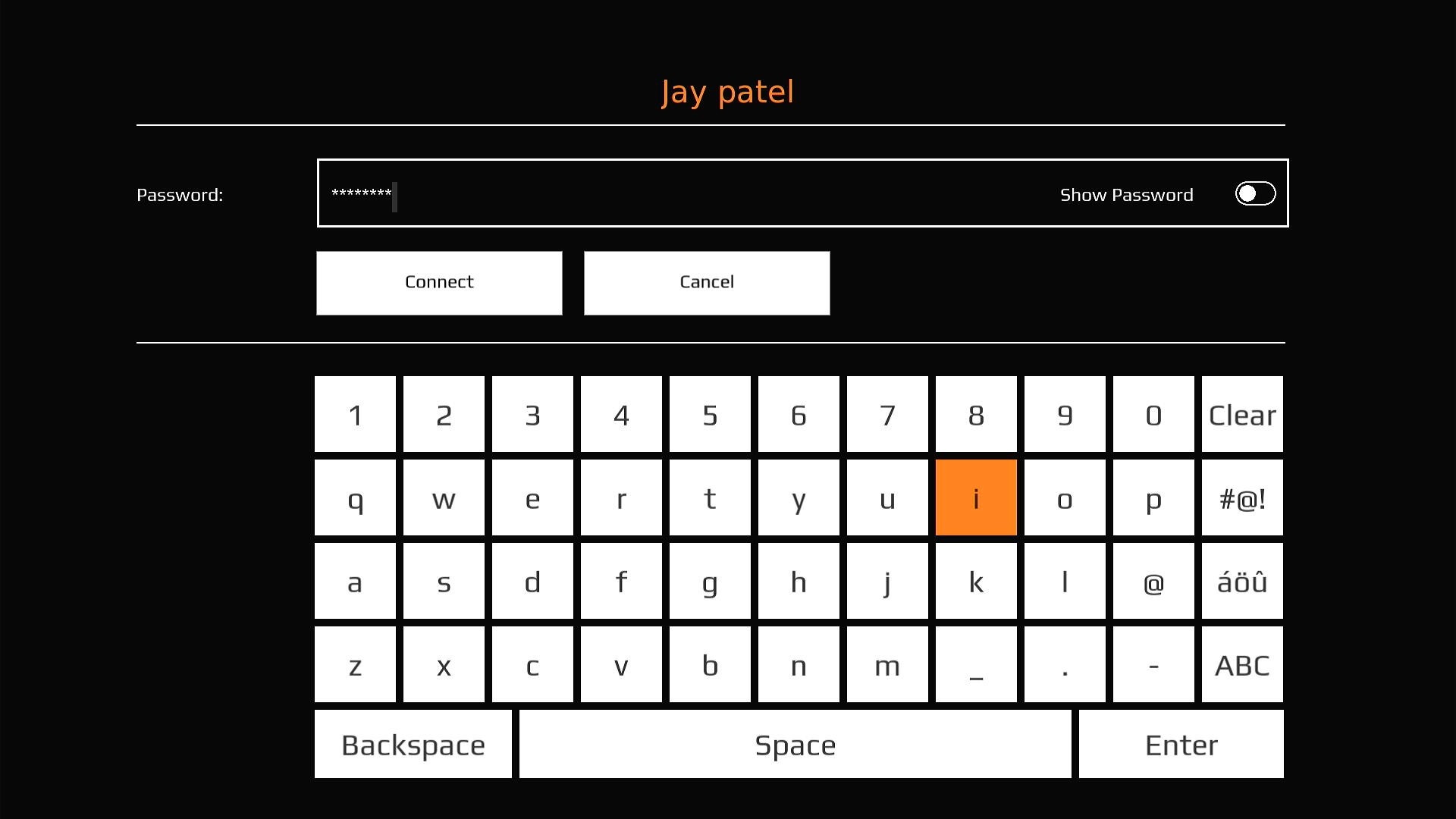
Keyboard seen in above snapshot is implemented using Lightning UI Components and has been customized to fit with present Keyboard layout.
This new app has redesigned ‘Home UI’ screen with new background, shadow and animation effects. It contains sections for Featured content, Lightning Apps, Featured Video on Demand, and Voice and Settings icons displayed on top section.
Prime Video, YouTube, Xumo and the metrological apps can be launched from app listings if the device has respective support integrated.
Sample Video contents can be played from the Featured Video section.
User can access the device settings by interacting with the Settings icon which will redirect him on to dedicated settings screen. Time display is also available in the home UI.
Note: Voice Search Functionality implementation for the mic is not yet available, up-coming feature with BLERCUDaemon integration.
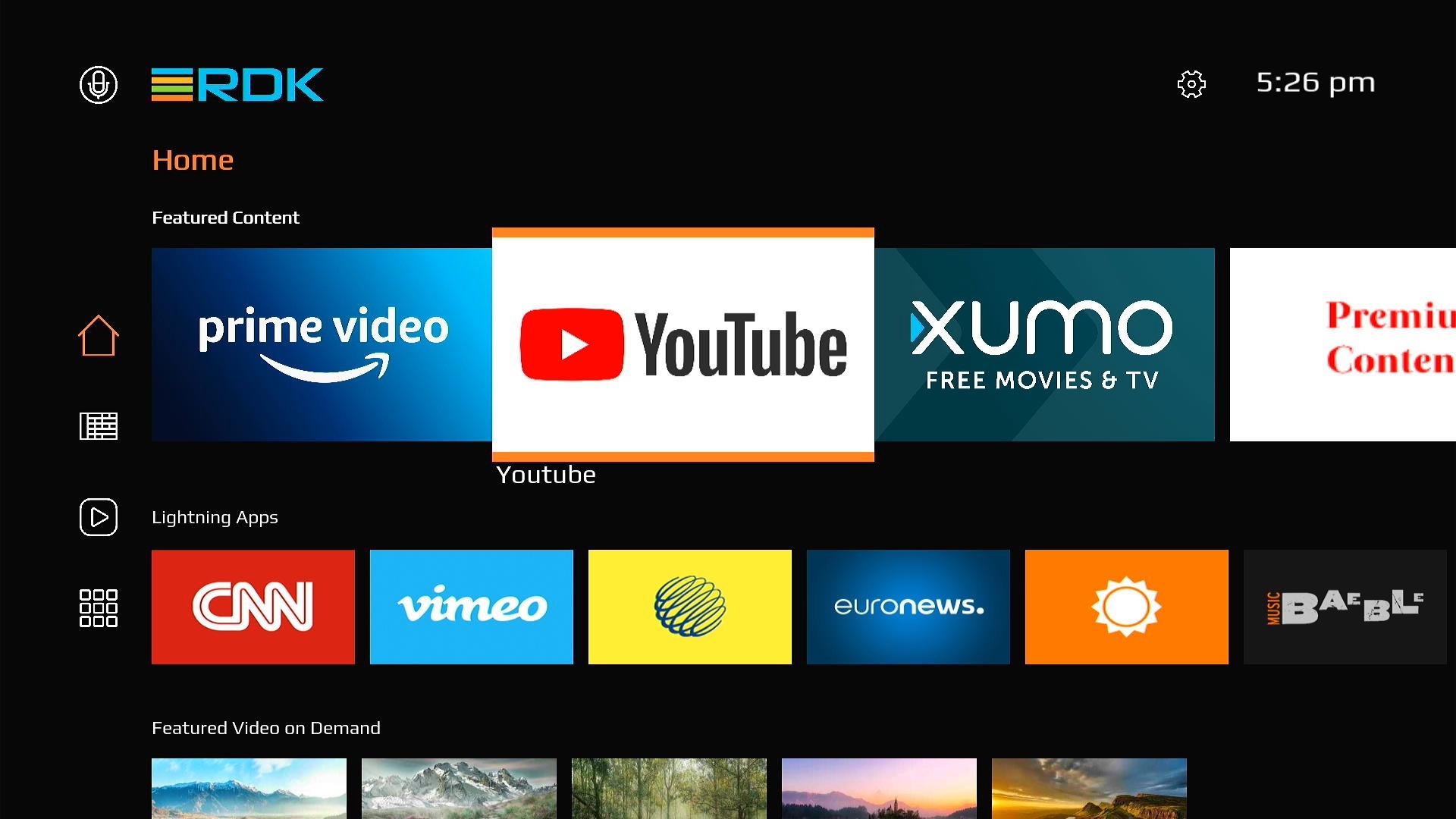
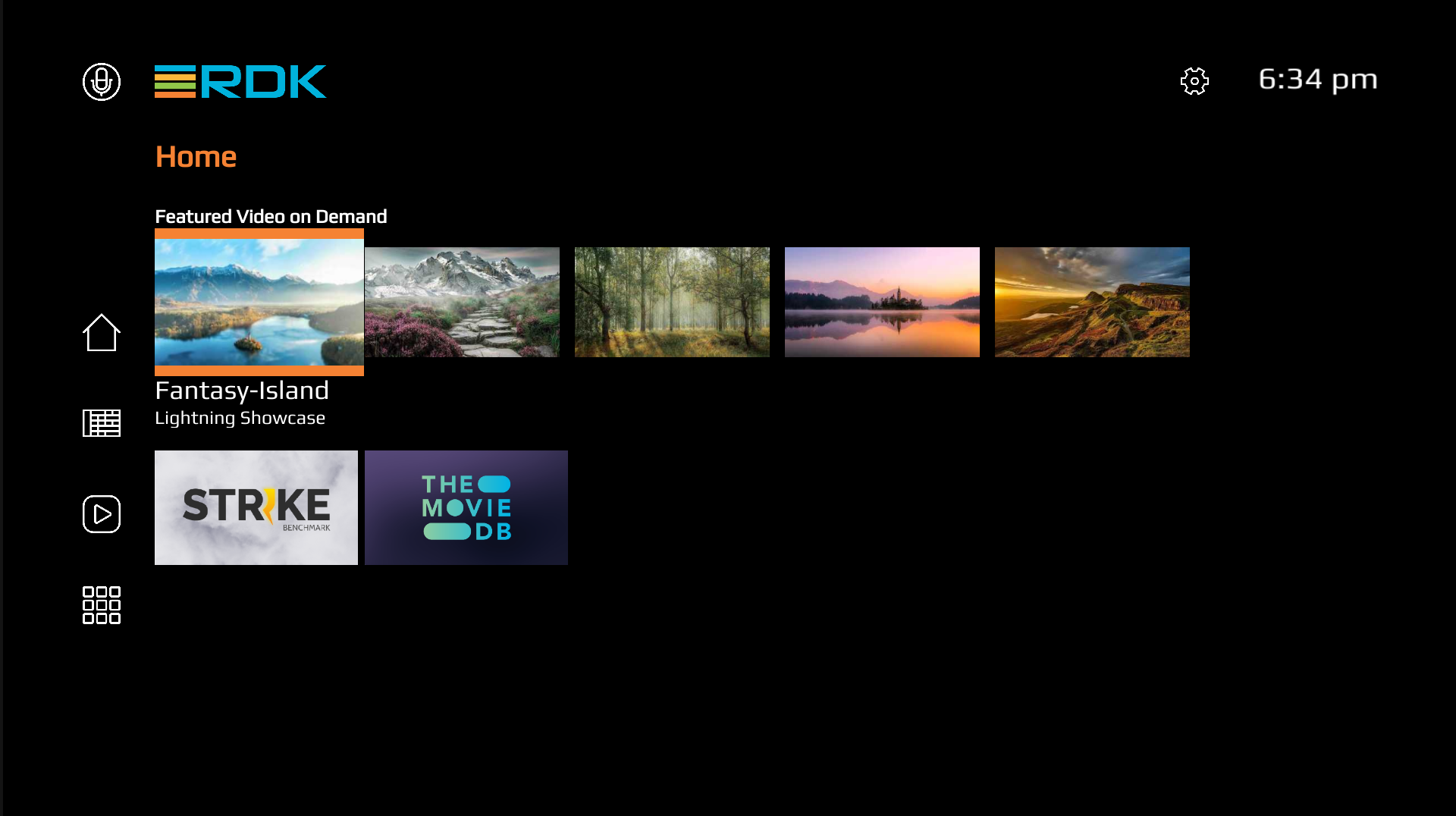
The UI can display popular movies in Home screen with the help of Gracenote metadata if platform support is enabled. UI upon detecting required runtime configuration shall display "Popular Movies" row at the top as detailed below.
On selecting an asset; its details screen shall be presented and User shall be able to launch the selected content on platform supported Apps (Note: Currently YouTube only is added with deeplink feature).
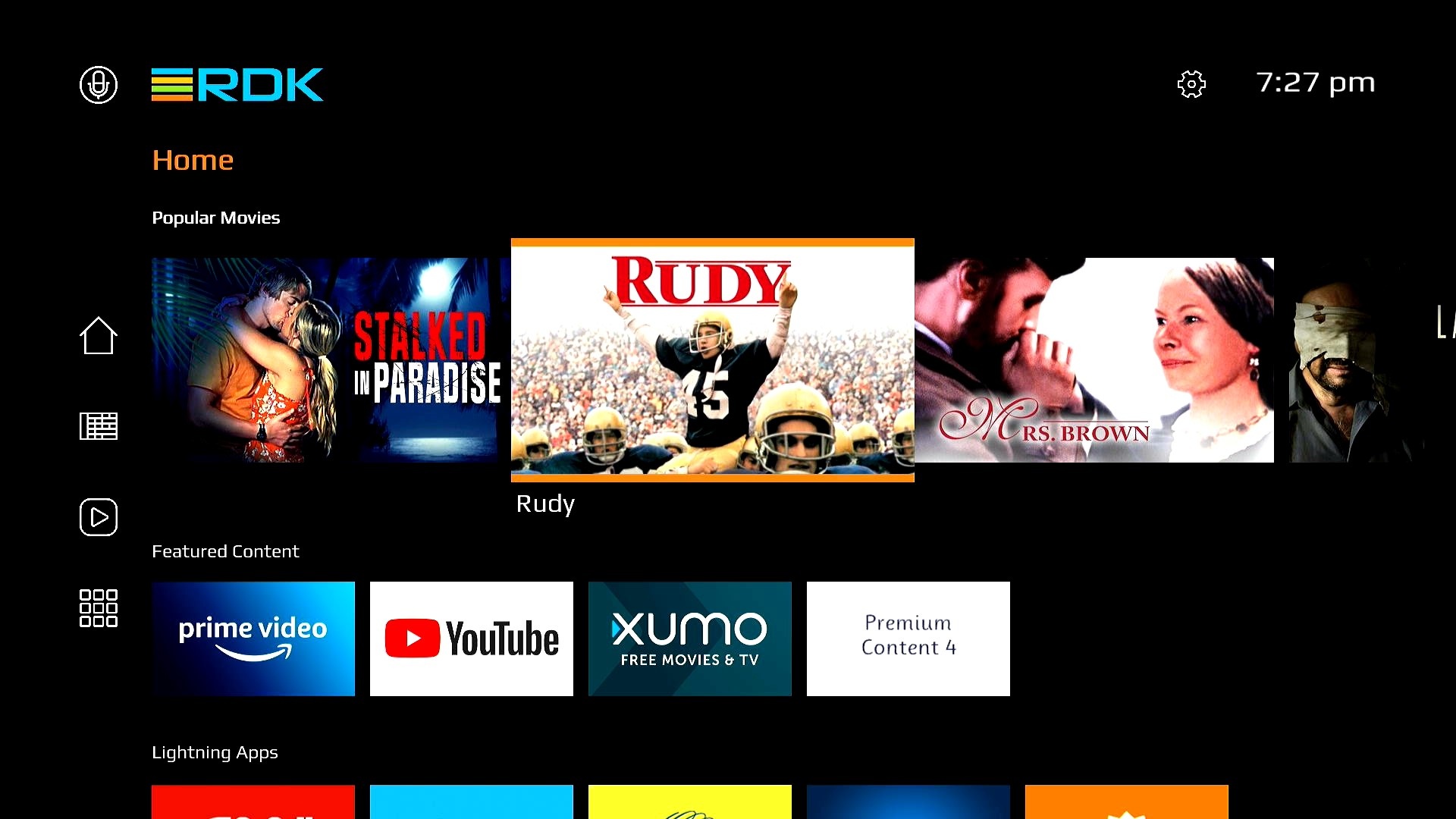
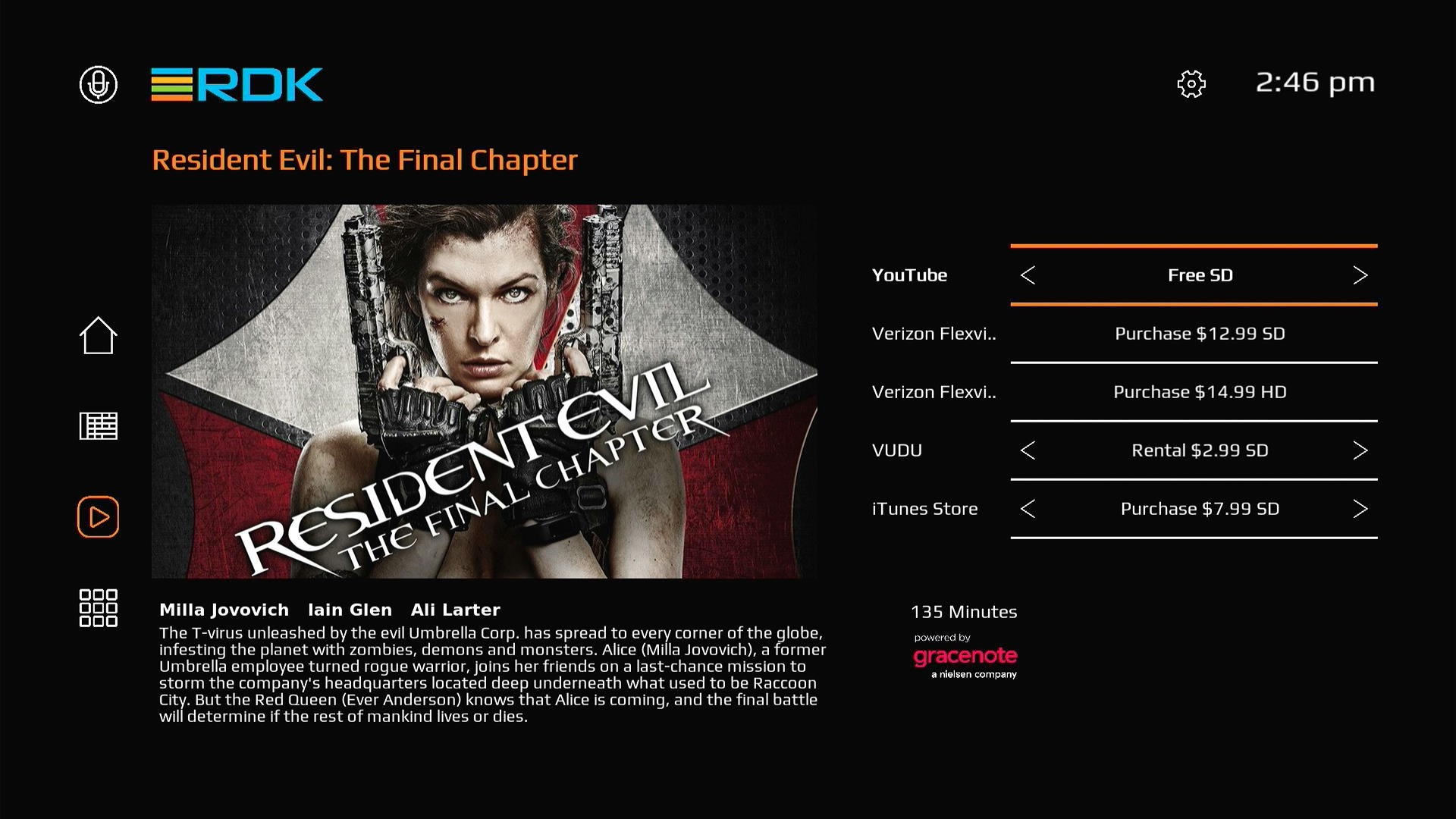
Precondition: Platform shall have support for PersistentStore plugin and Gracenote API key should be added to Persistent Store of the DUT prior to UI startup. Use below commands to save and confirm the same.
curl -X POST http://127.0.0.1:9998/jsonrpc -d '{"jsonrpc":"2.0","id":"3","method":"org.rdk.PersistentStore.1.setValue","params":{"namespace":"gracenote","key":"apiKey","value":"SecretAPIKey"}}'
curl -X POST http://127.0.0.1:9998/jsonrpc -d '{"jsonrpc":"2.0","id":"3","method":"org.rdk.PersistentStore.1.getValue","params":{"namespace":"gracenote","key":"apiKey"}}' |
TBD: Need images
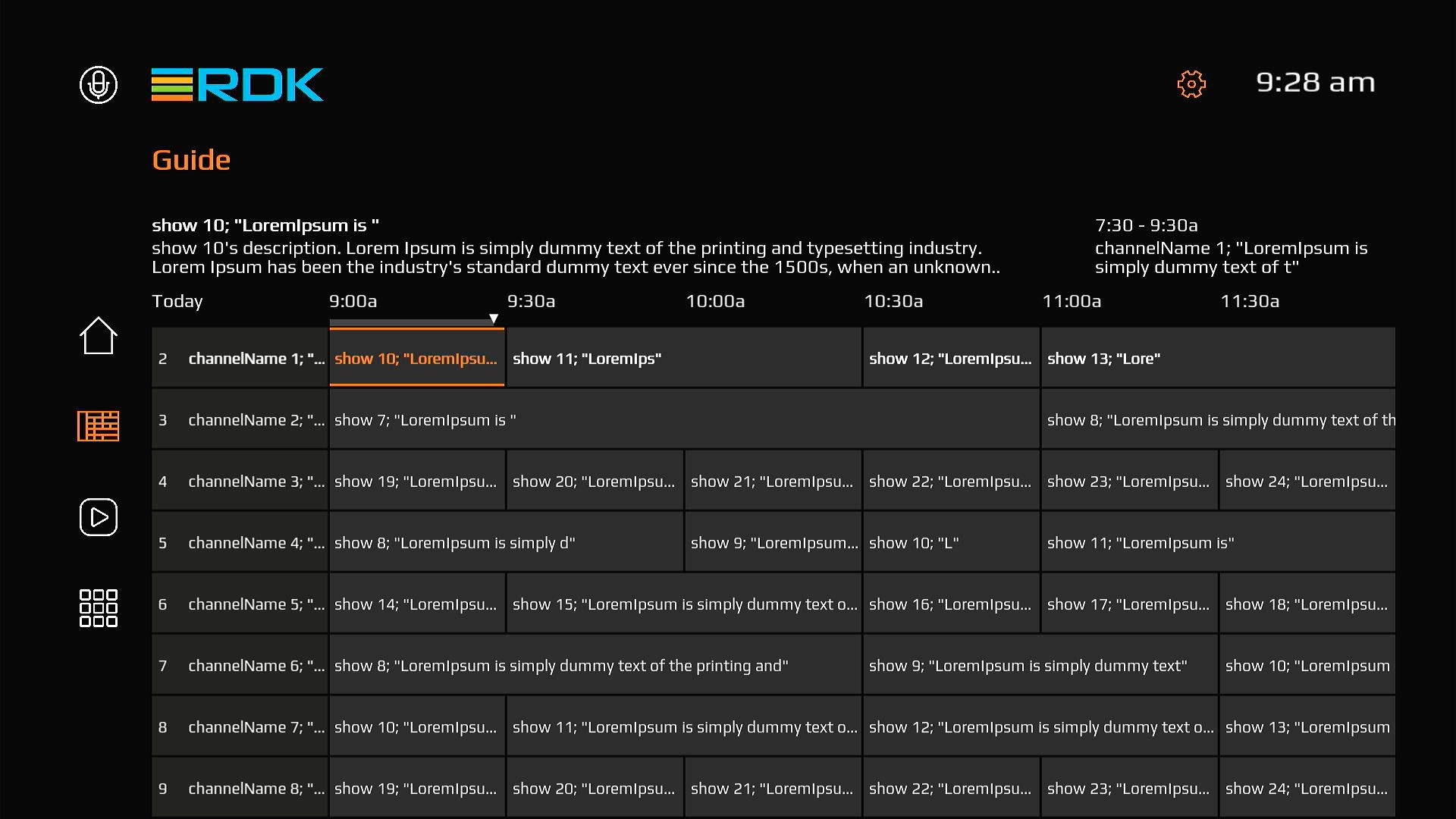
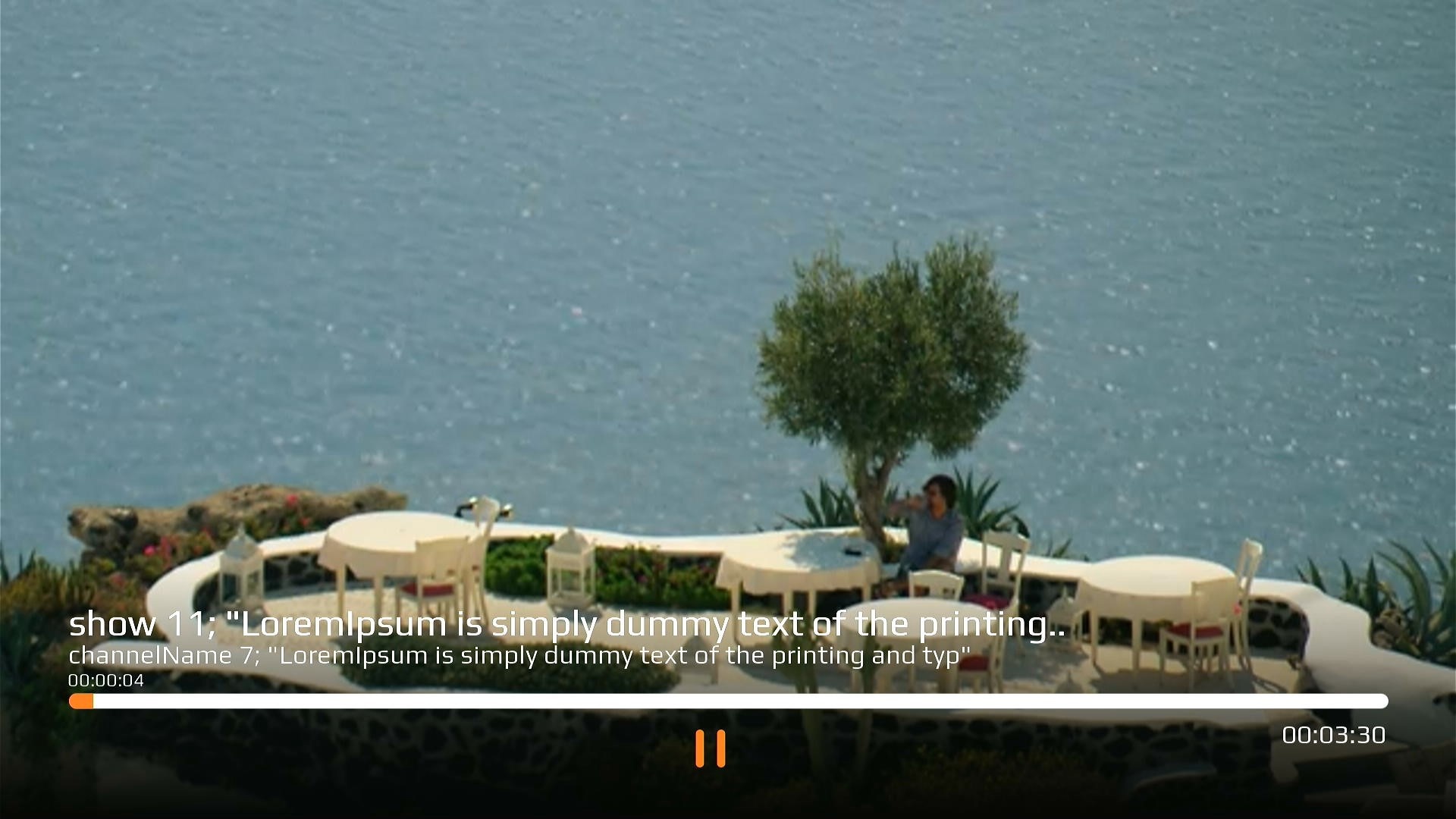
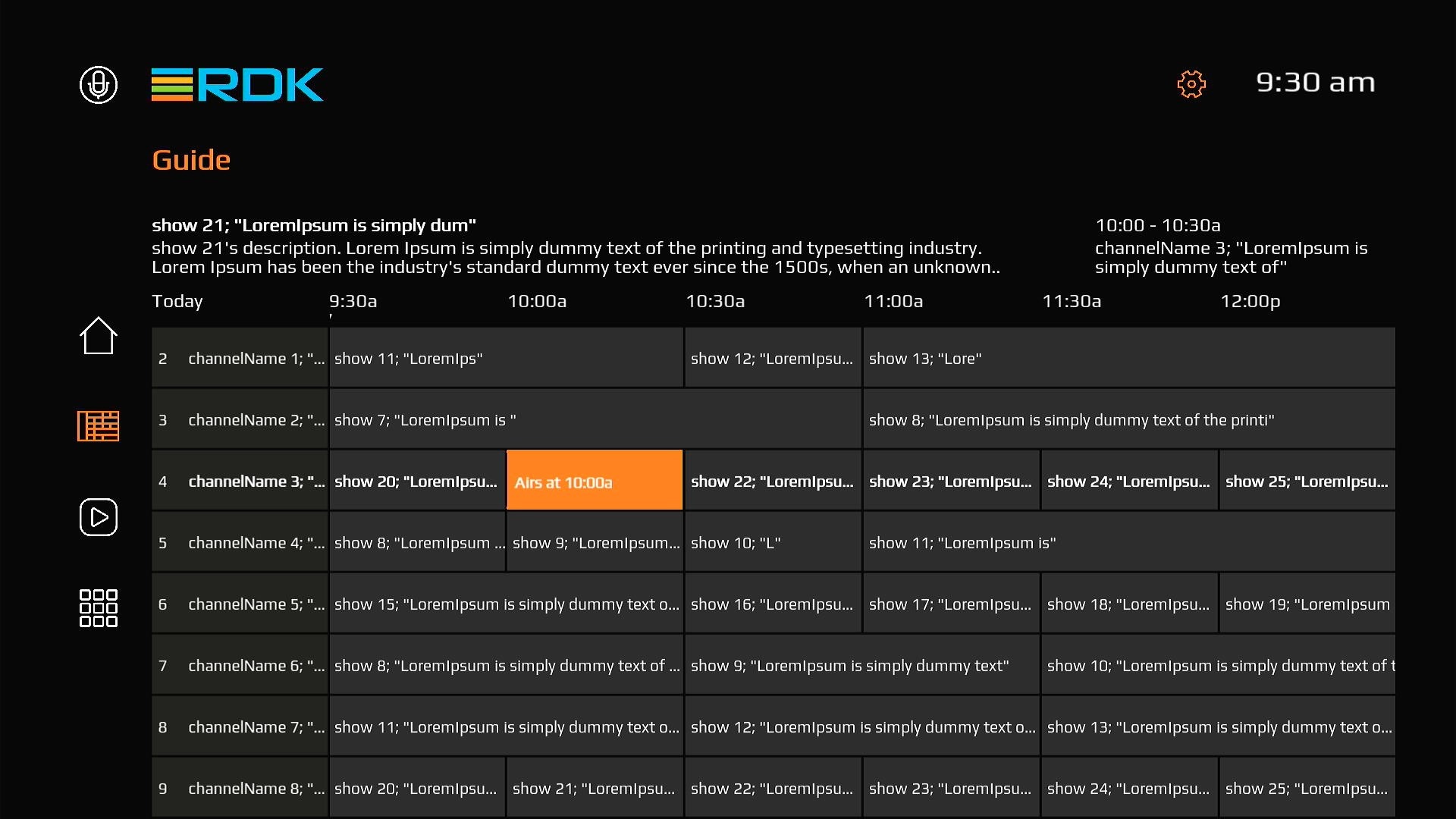
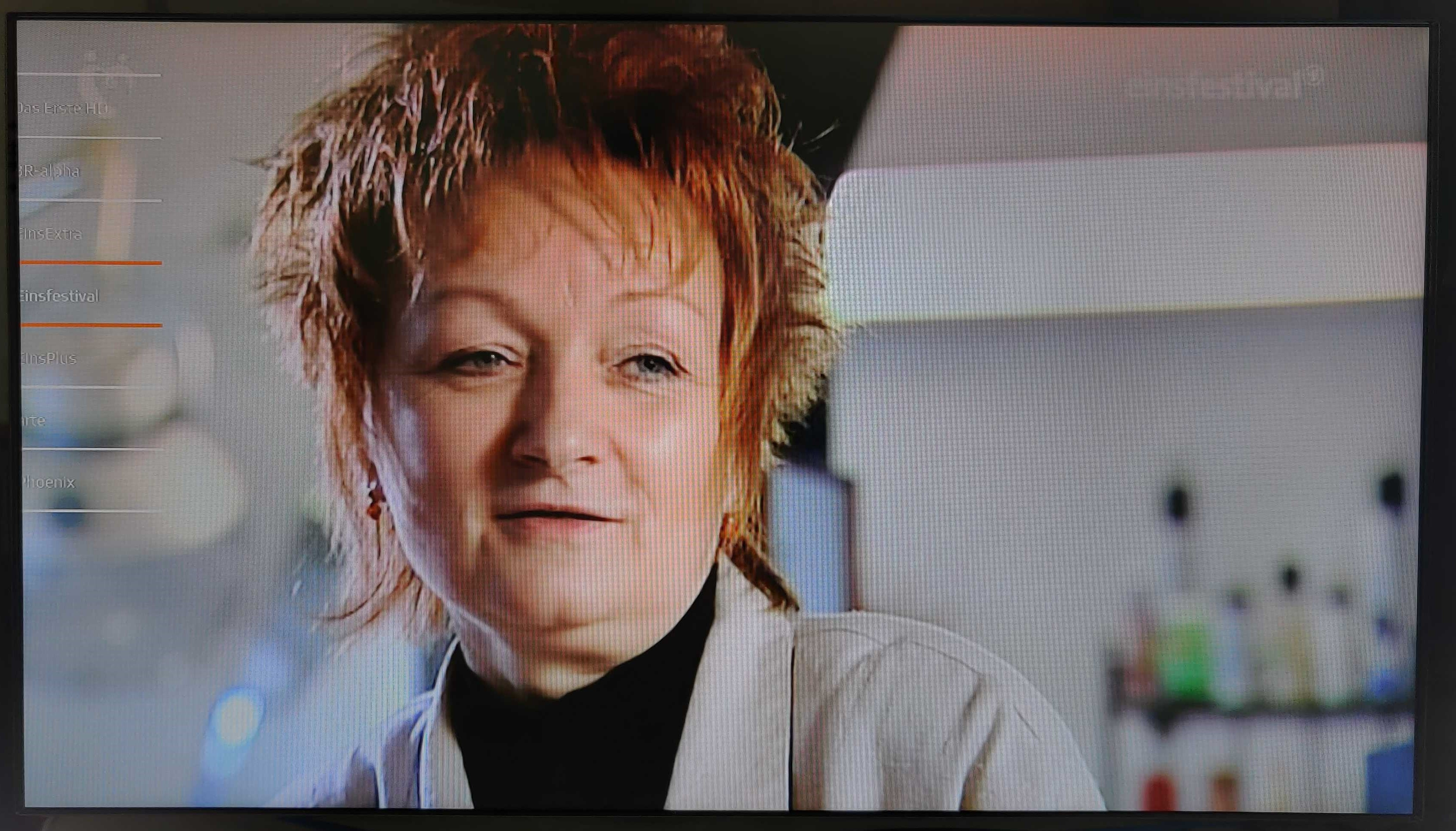
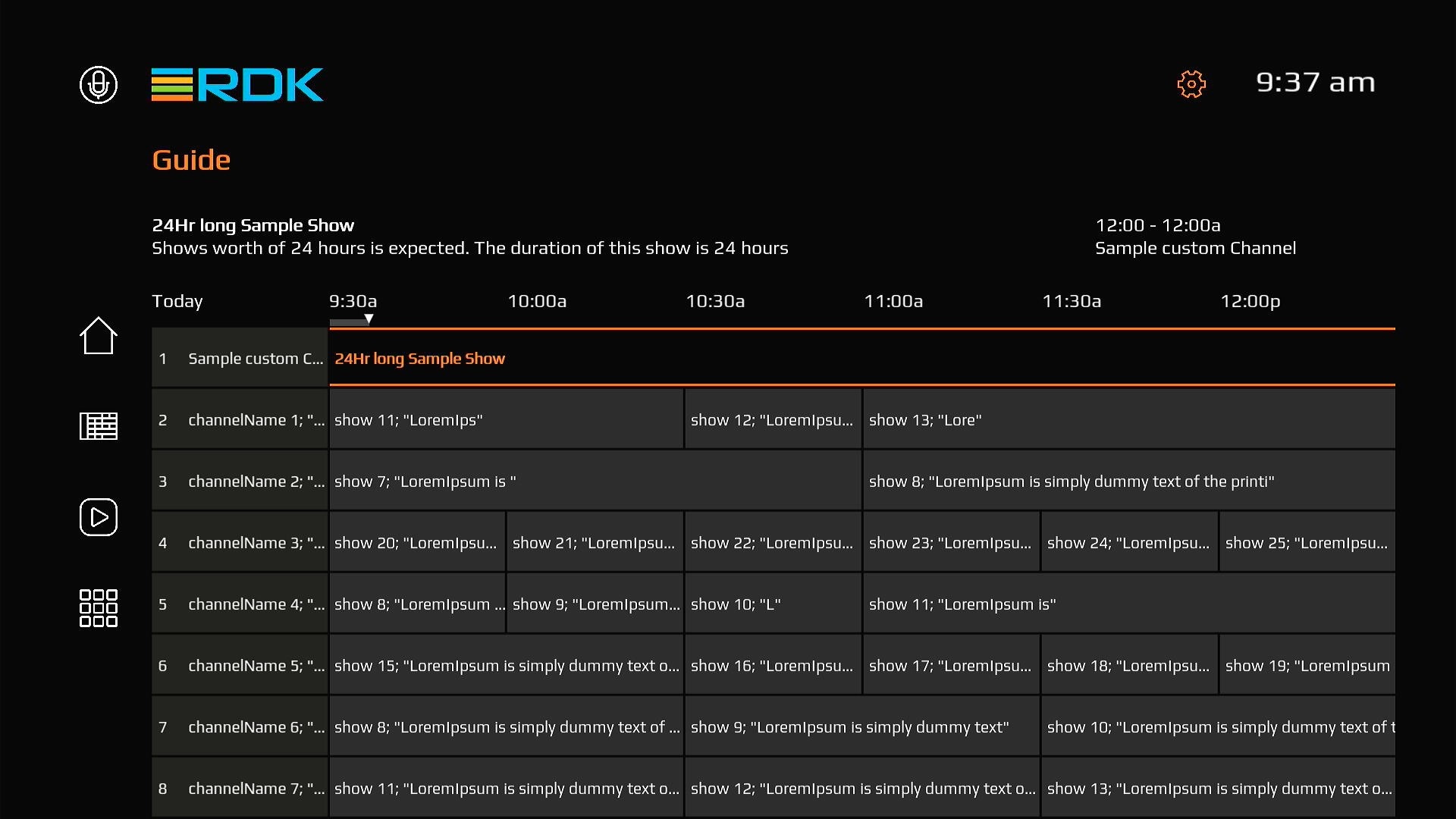
note - this file should be placed inside a folder named "moreChannels" and must be a valid json format.
Absolute path of file should be ~/lxresui/static/moreChannels/channelData.json.
sample Content for the file -
{
"data": [{
"channelName": "Sample custom Channel",
"channelUrl": "https://bitdash-a.akamaihd.net/content/MI201109210084_1/m3u8s/f08e80da-bf1d-4e3d-8899-f0f6155f6ef",
"shows": [{
"showName": "24Hr long Sample Show",
"description": "Shows worth of 24 hours is expected. The duration of this show is 24 hours",
"duration": 172800000,
"startTime": "0:0",
"endTime": "0:0"
}]
}]
} |
A new page under 4th Icon in the left banner !!!
On selecting the Apps Icon from left banner; User shall be presented a new page with 3 tabs highlighted with "MyApps" which shall list the list of all available Apps on that particular platform. User shall be able to launch selected App from this page as well.
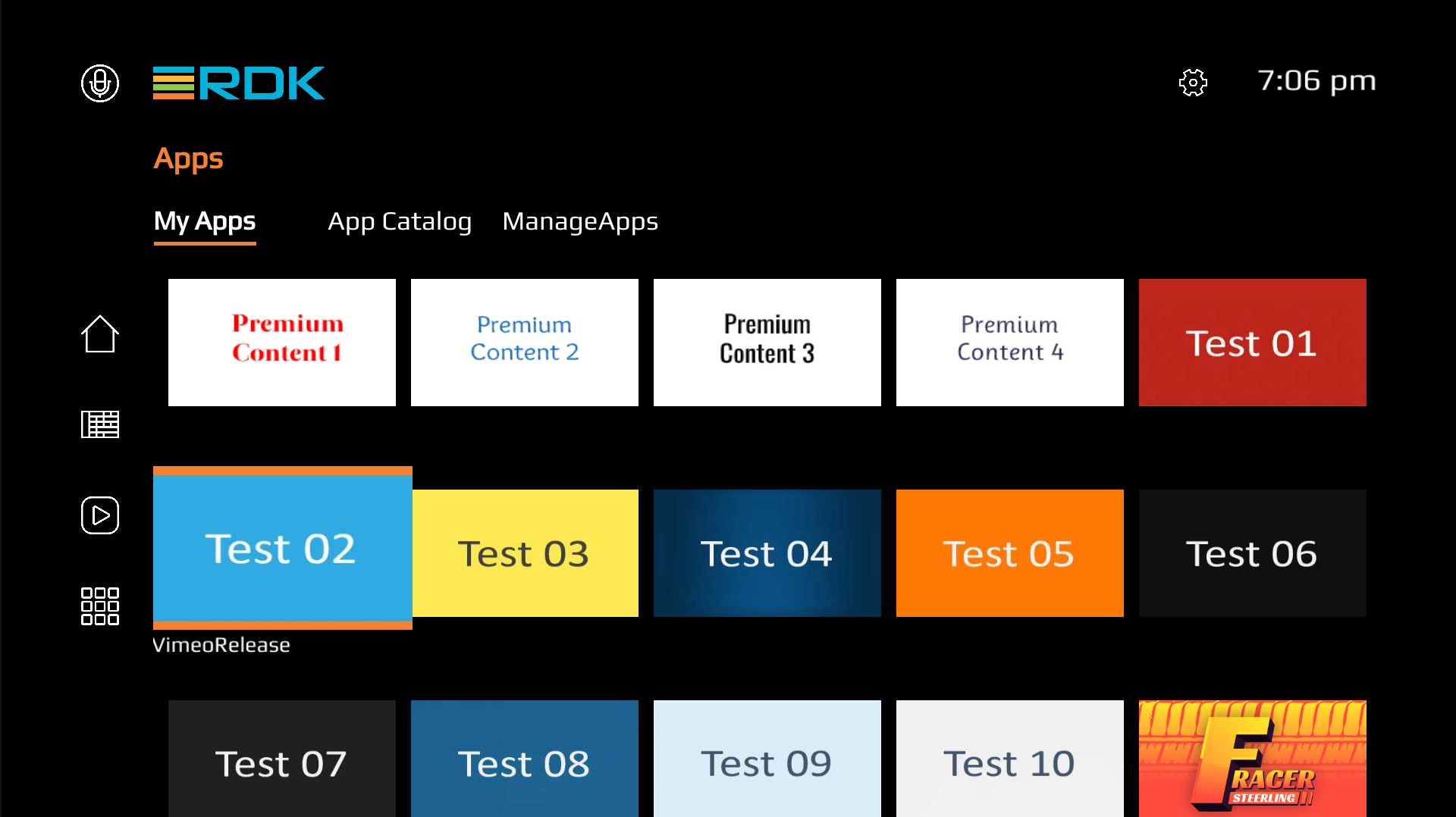
The redesigned video player utilizes UVE implementation and has kept the minimal controls such as a progress bar with pause, play, next and previous buttons. Various player controls are detailed below.

Settings screen has several new options which allows user to interact with device capabilities.
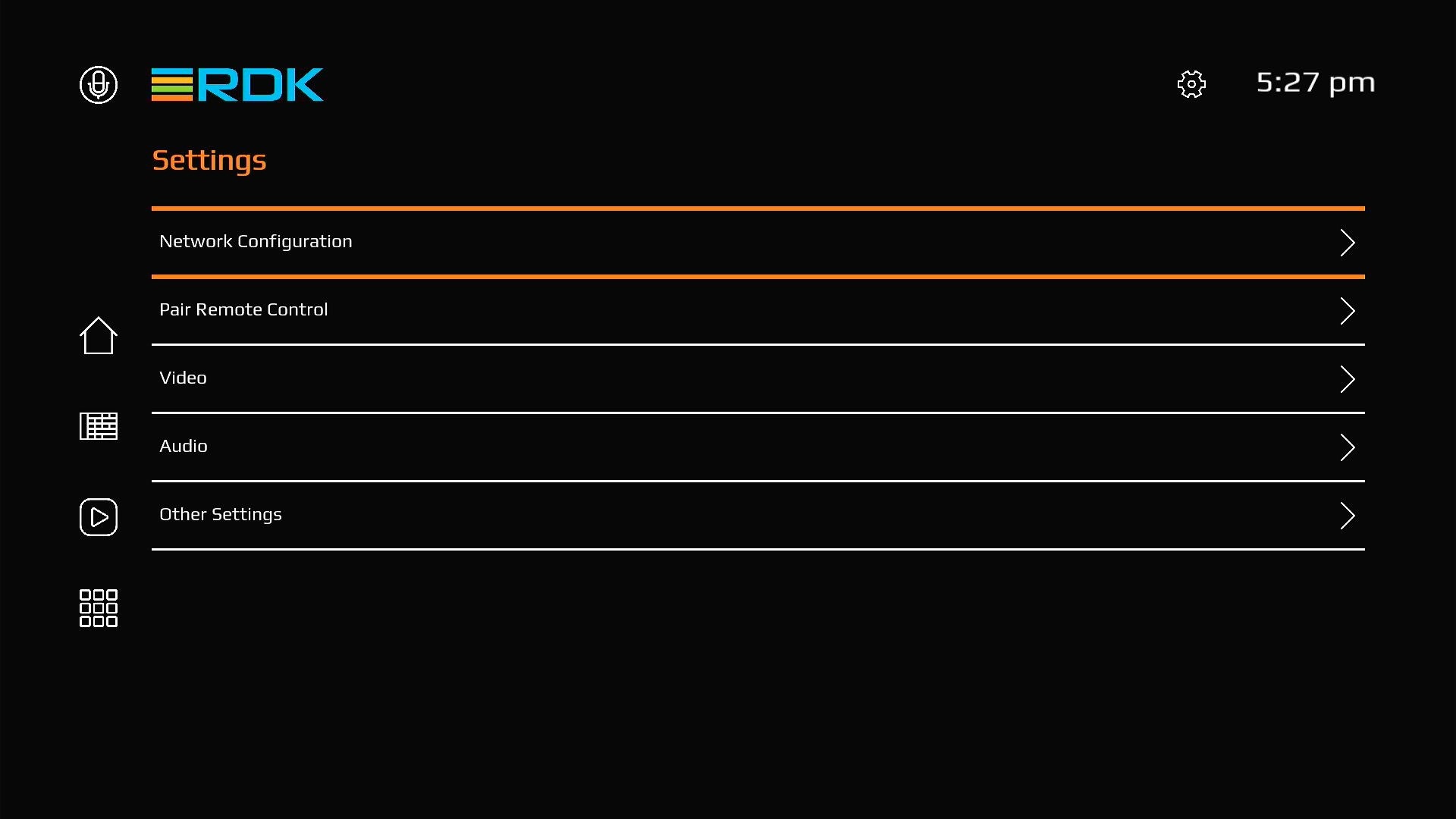
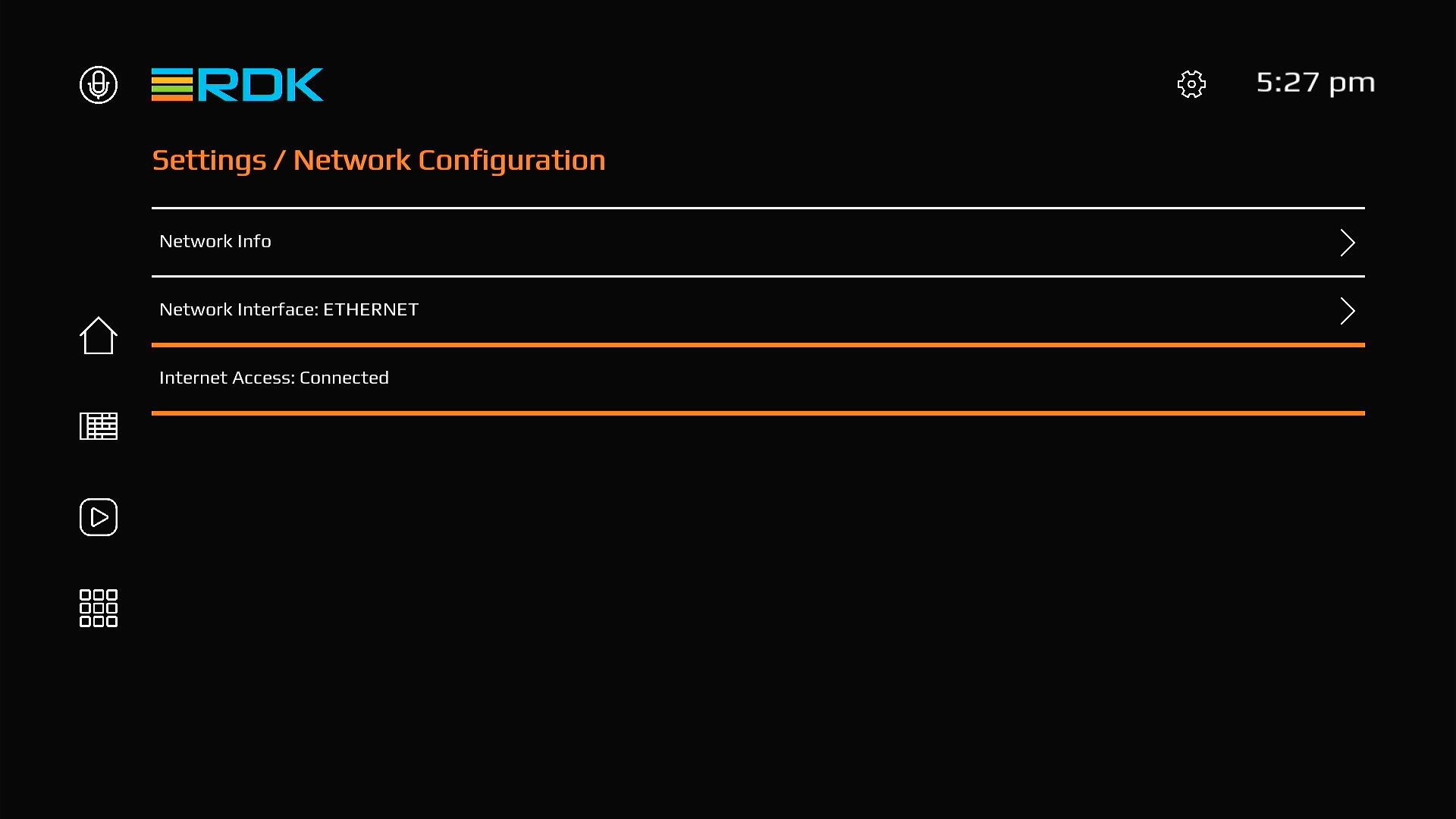
This page contains three subsections detailed below:
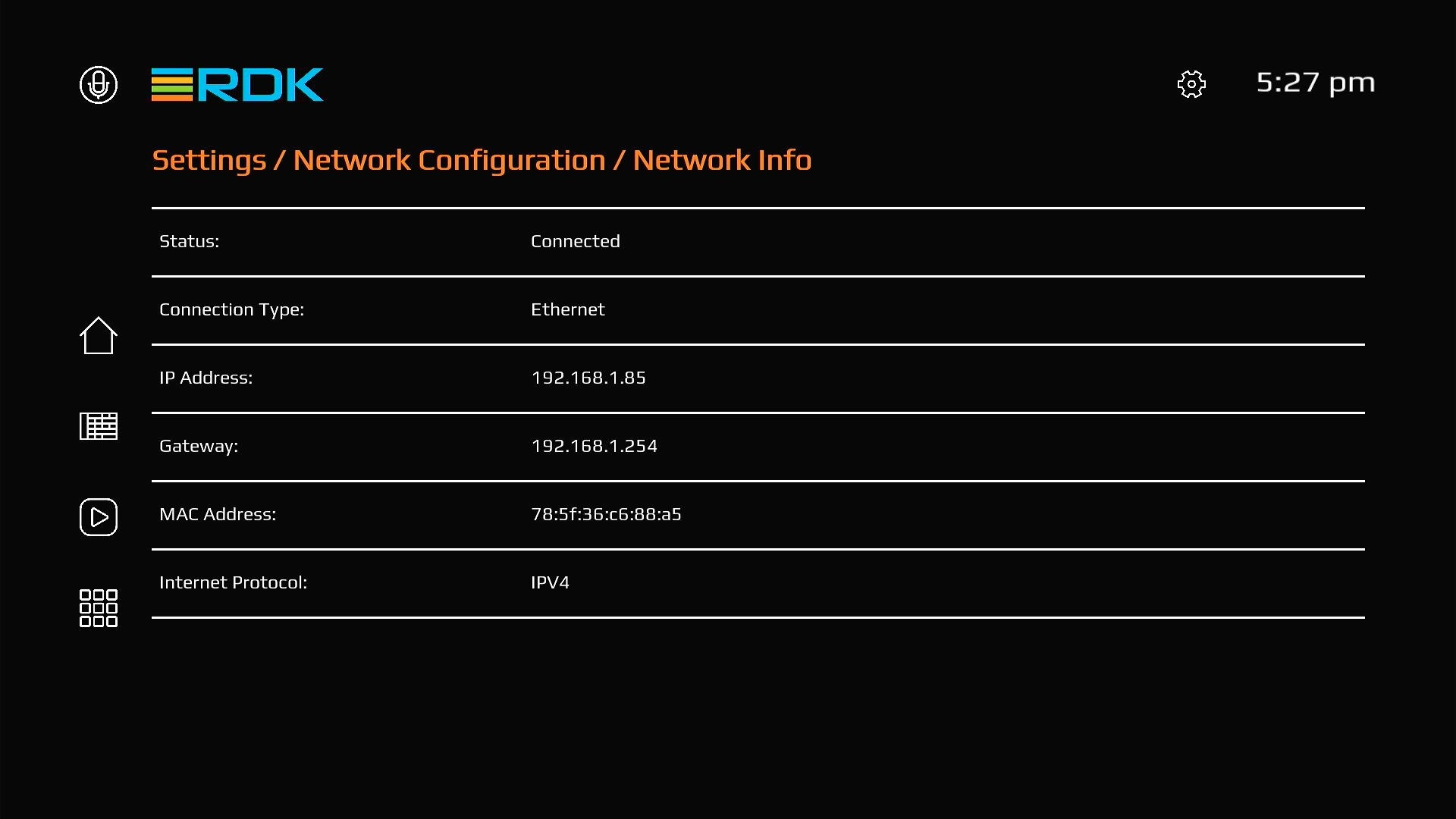
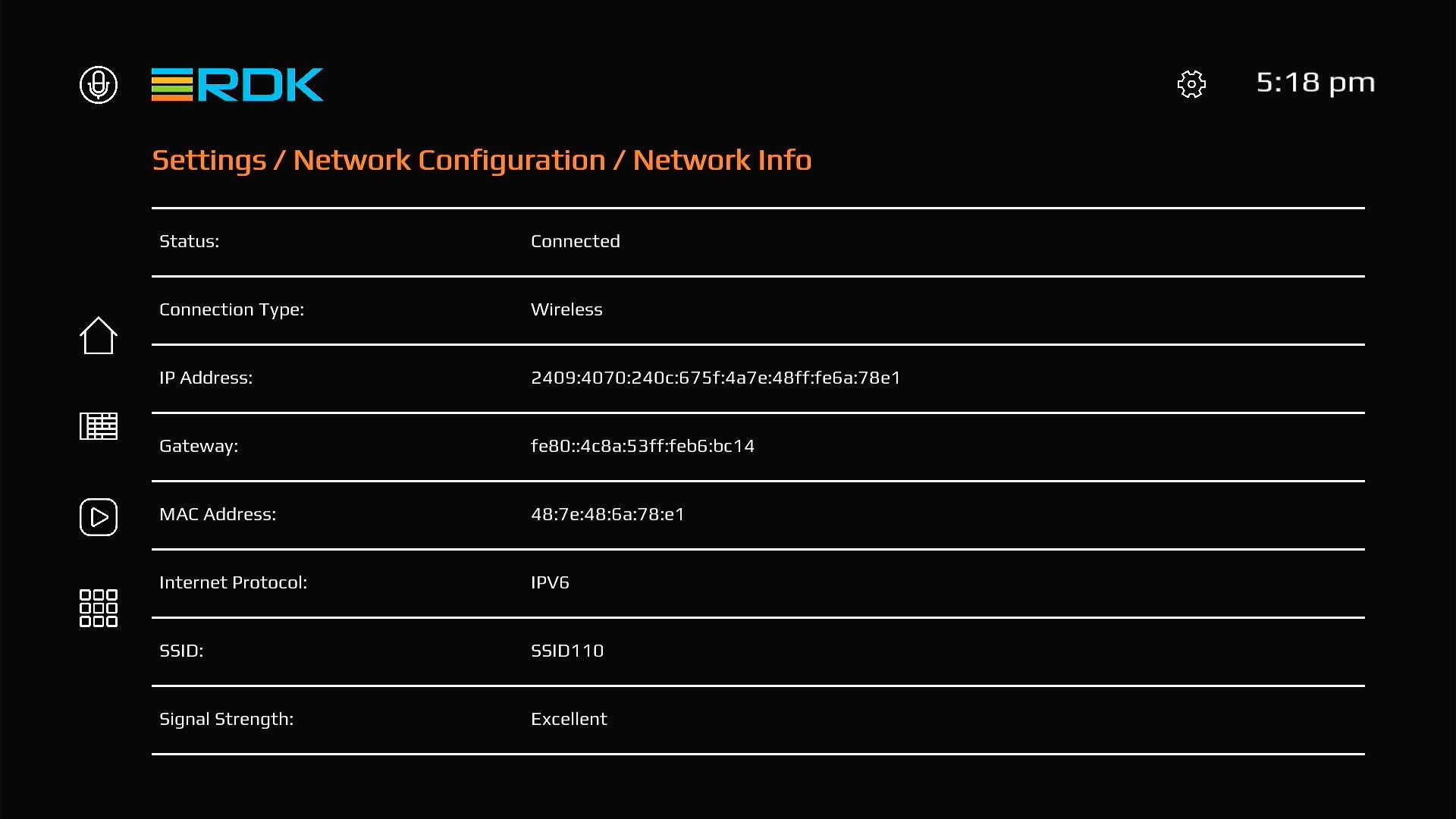
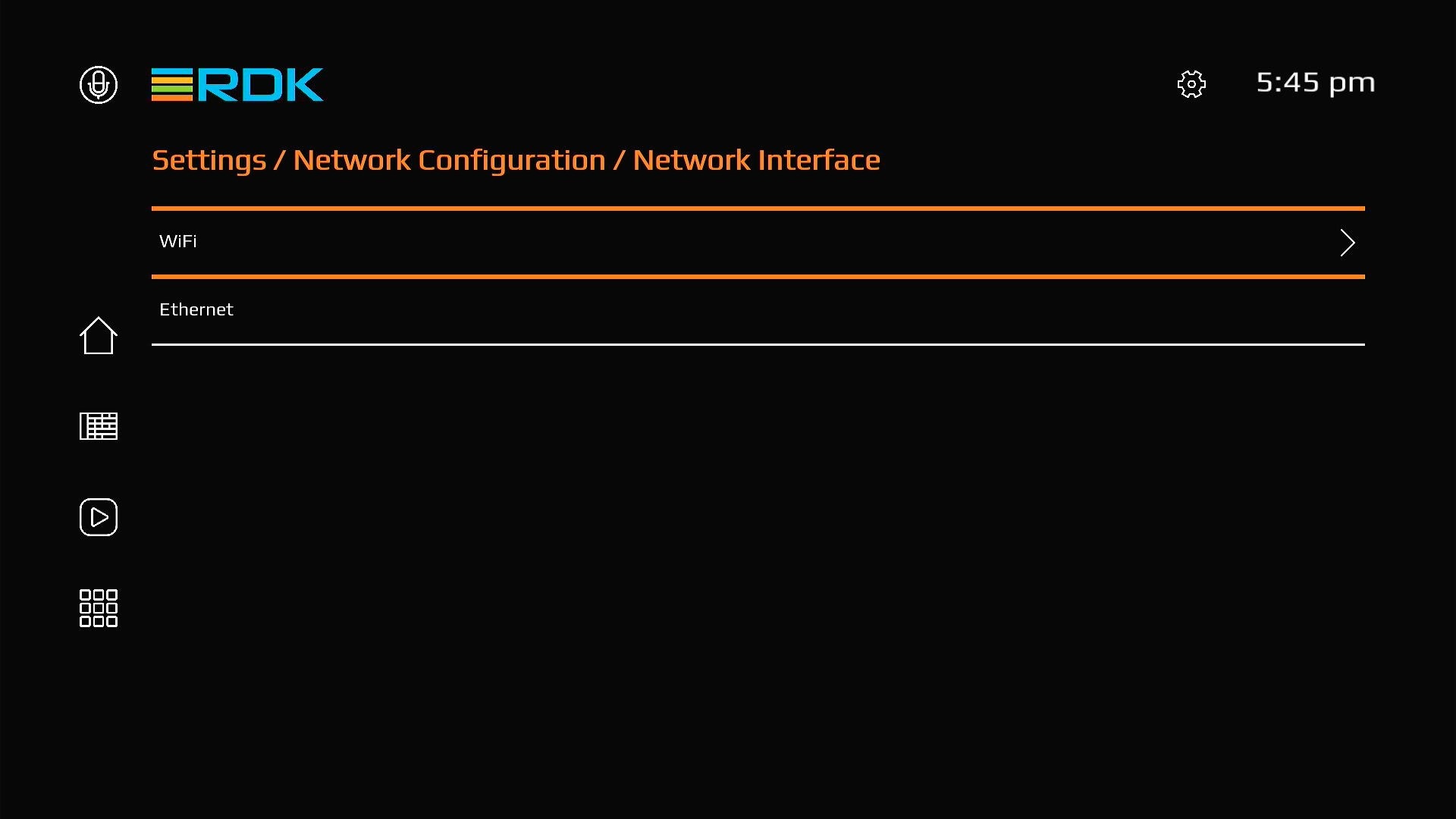
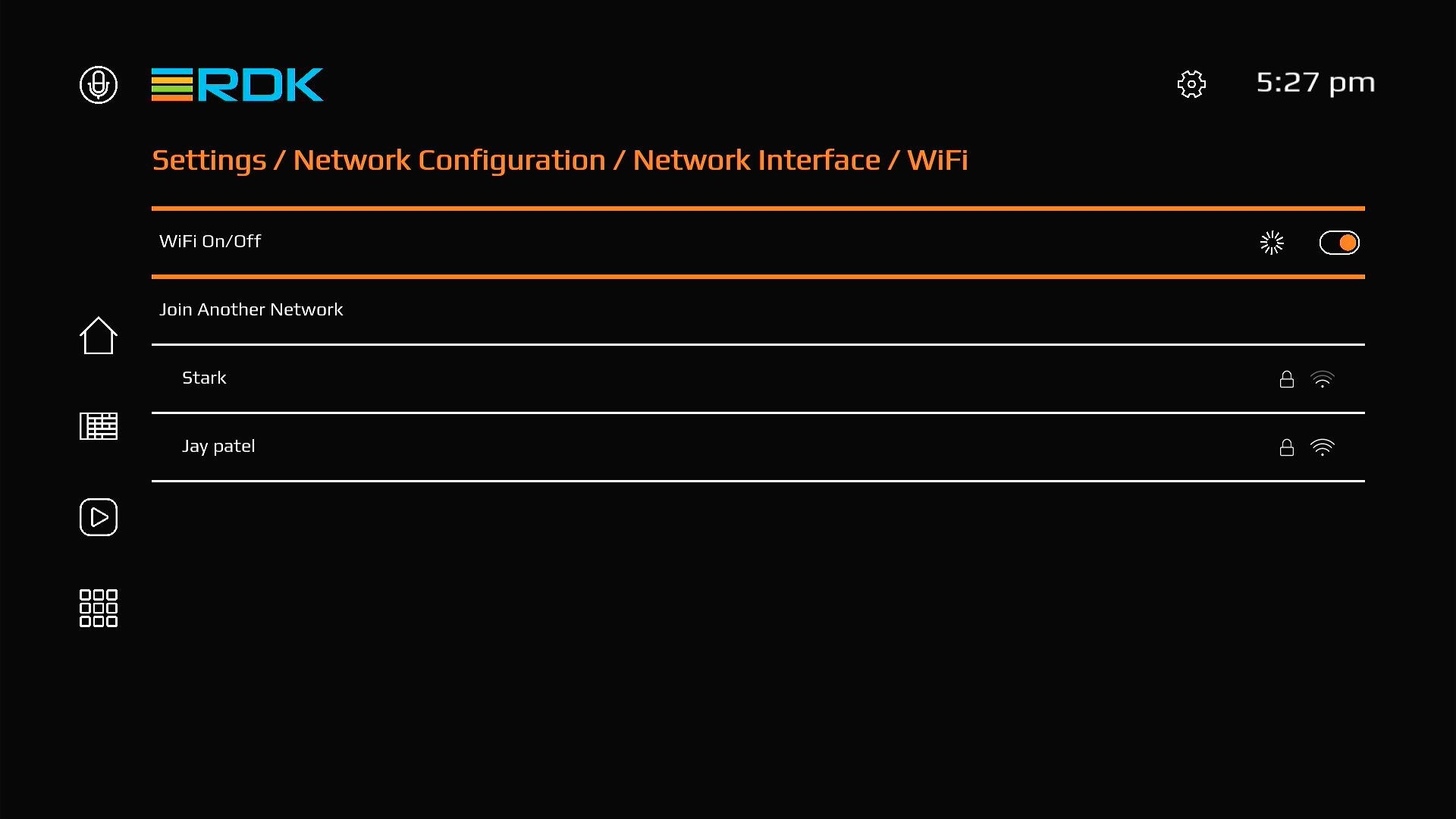
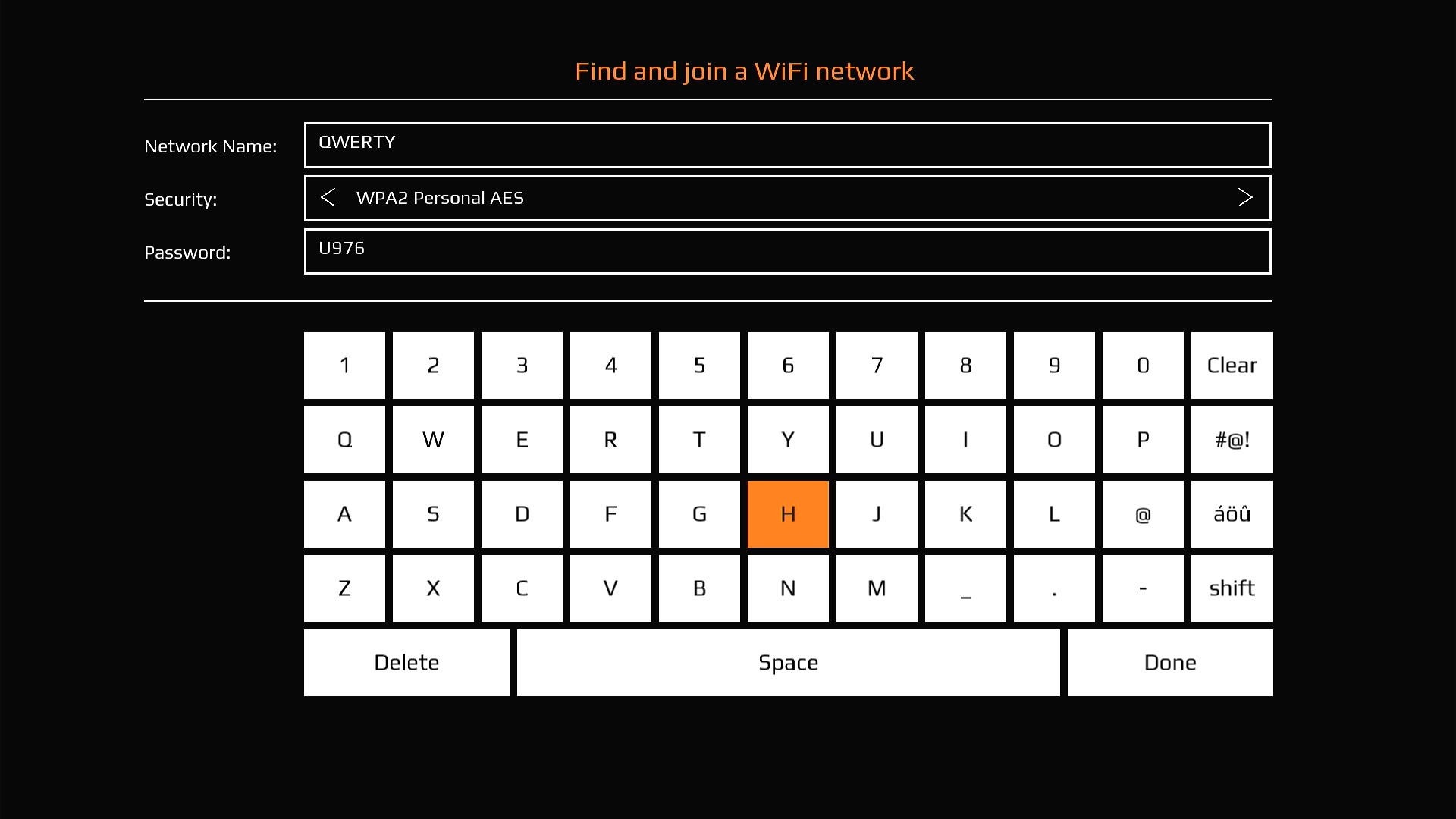
Allows user to connect to Human Interface devices like Remote, Bluetooth keyboard etc.
Below Images shows the flow.
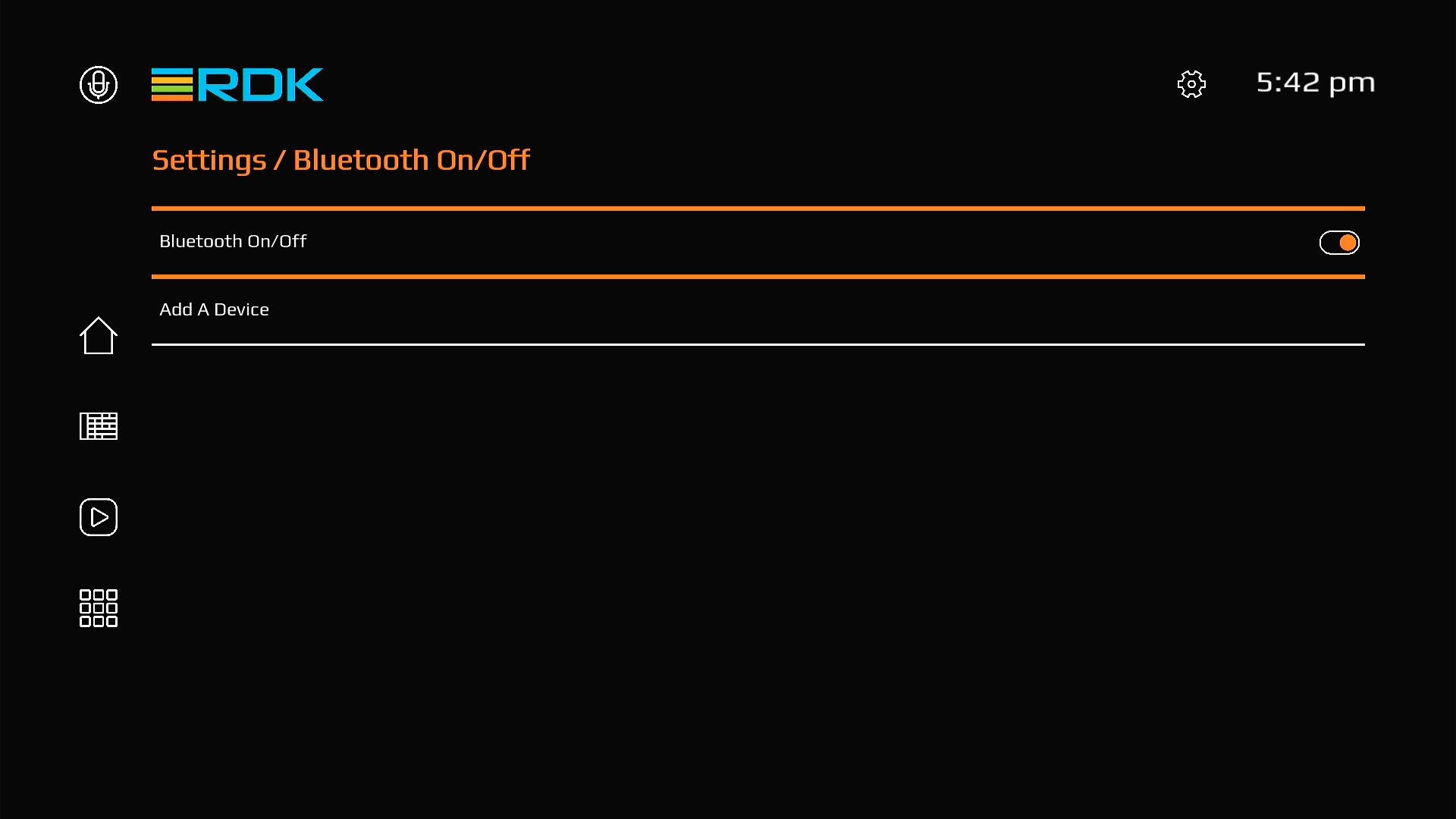
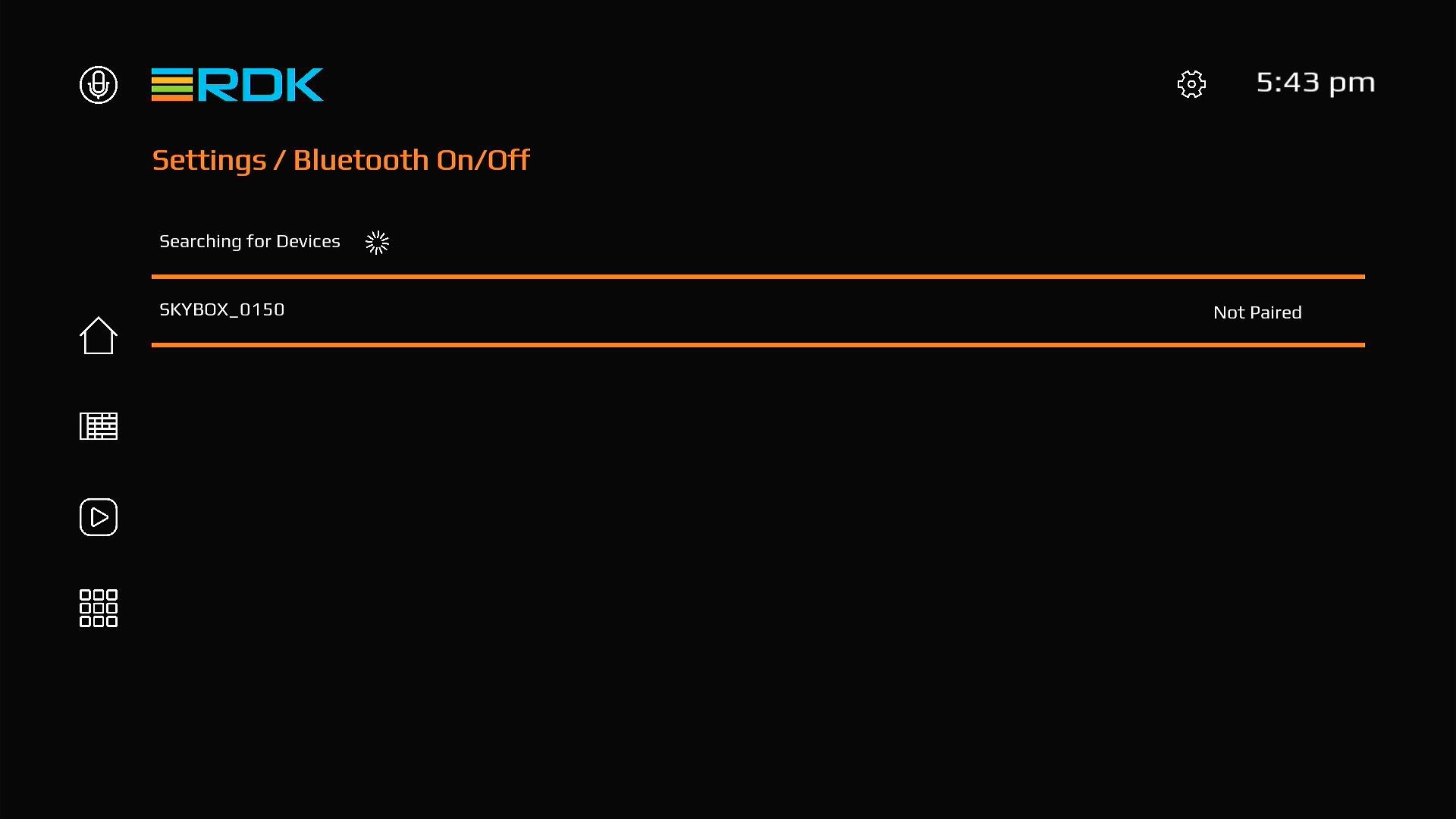
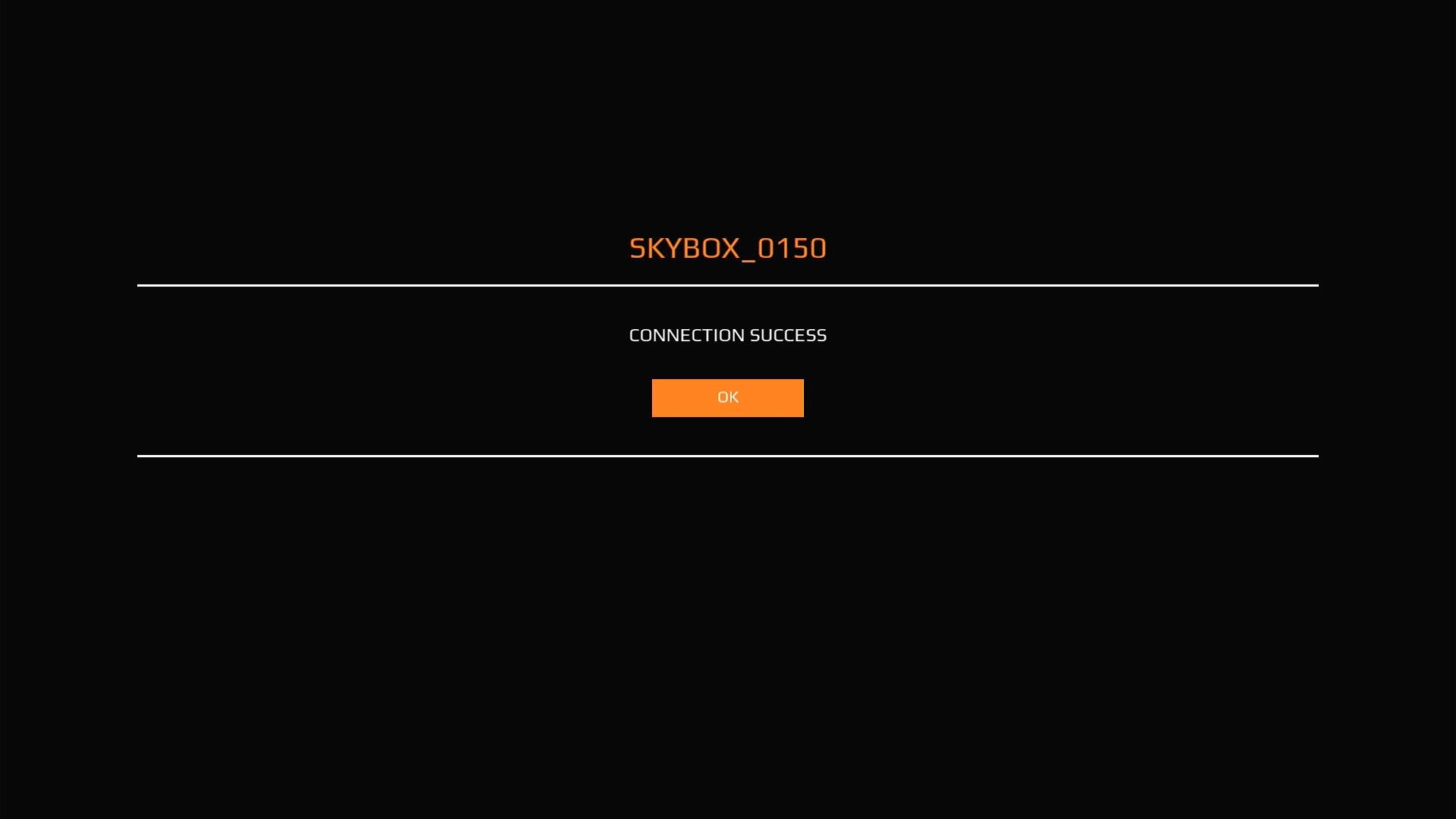
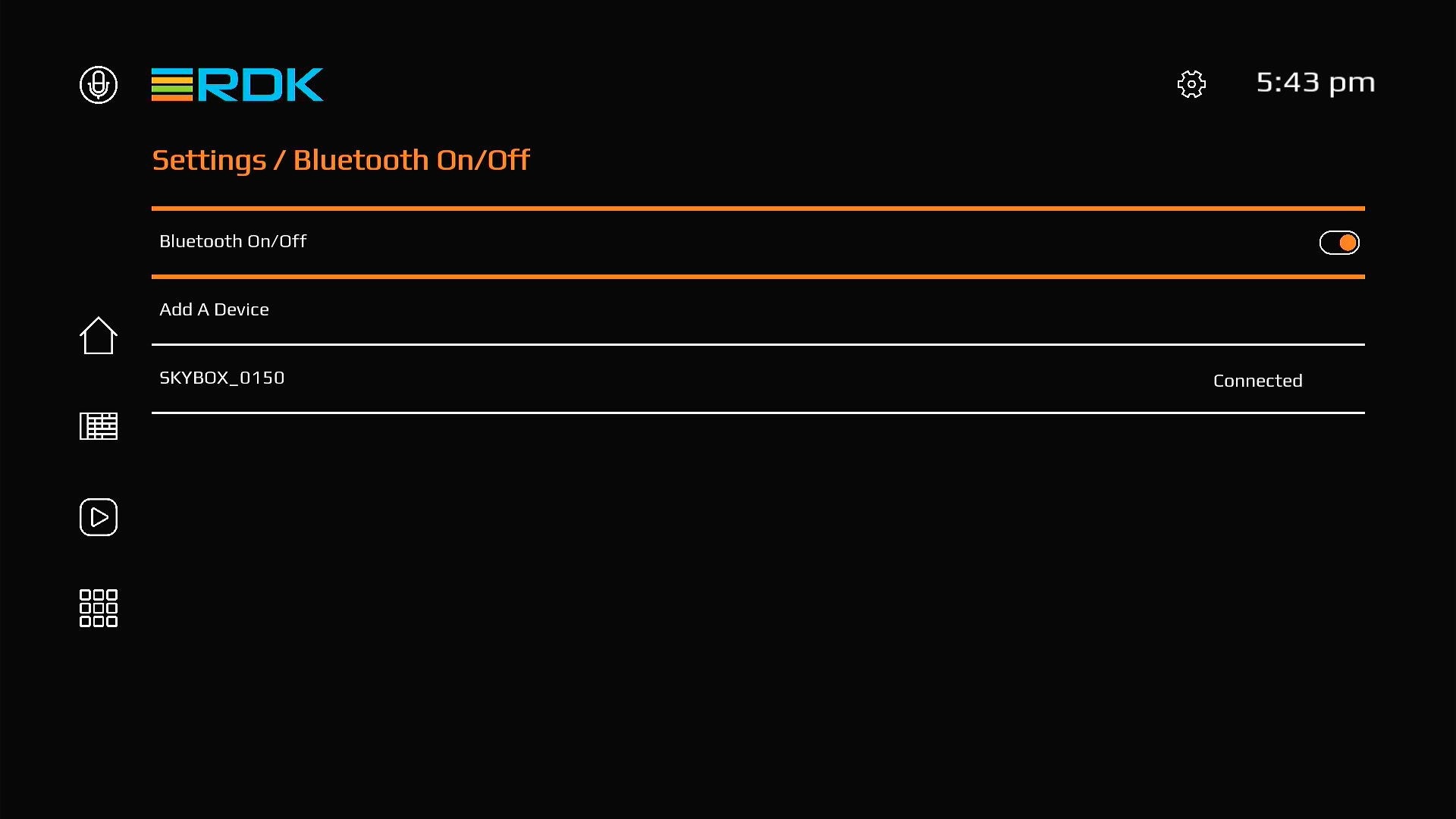
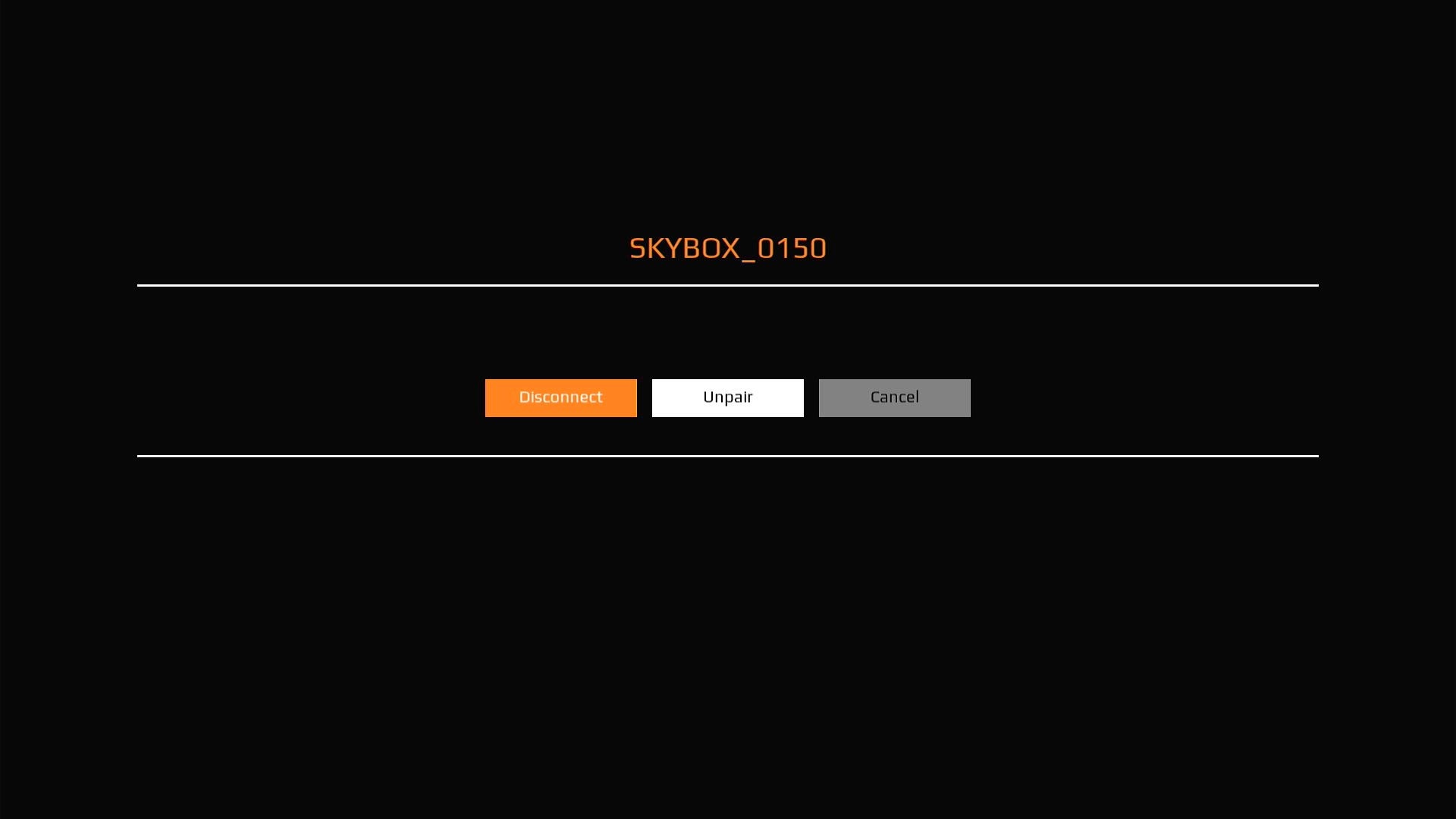
Video settings provide users to change resolution of the screen. HDR and HDCP options are read only fields which confirms certain requirements for premium apps.
Note: Transparent(advanced settings) contents are currently work in progress
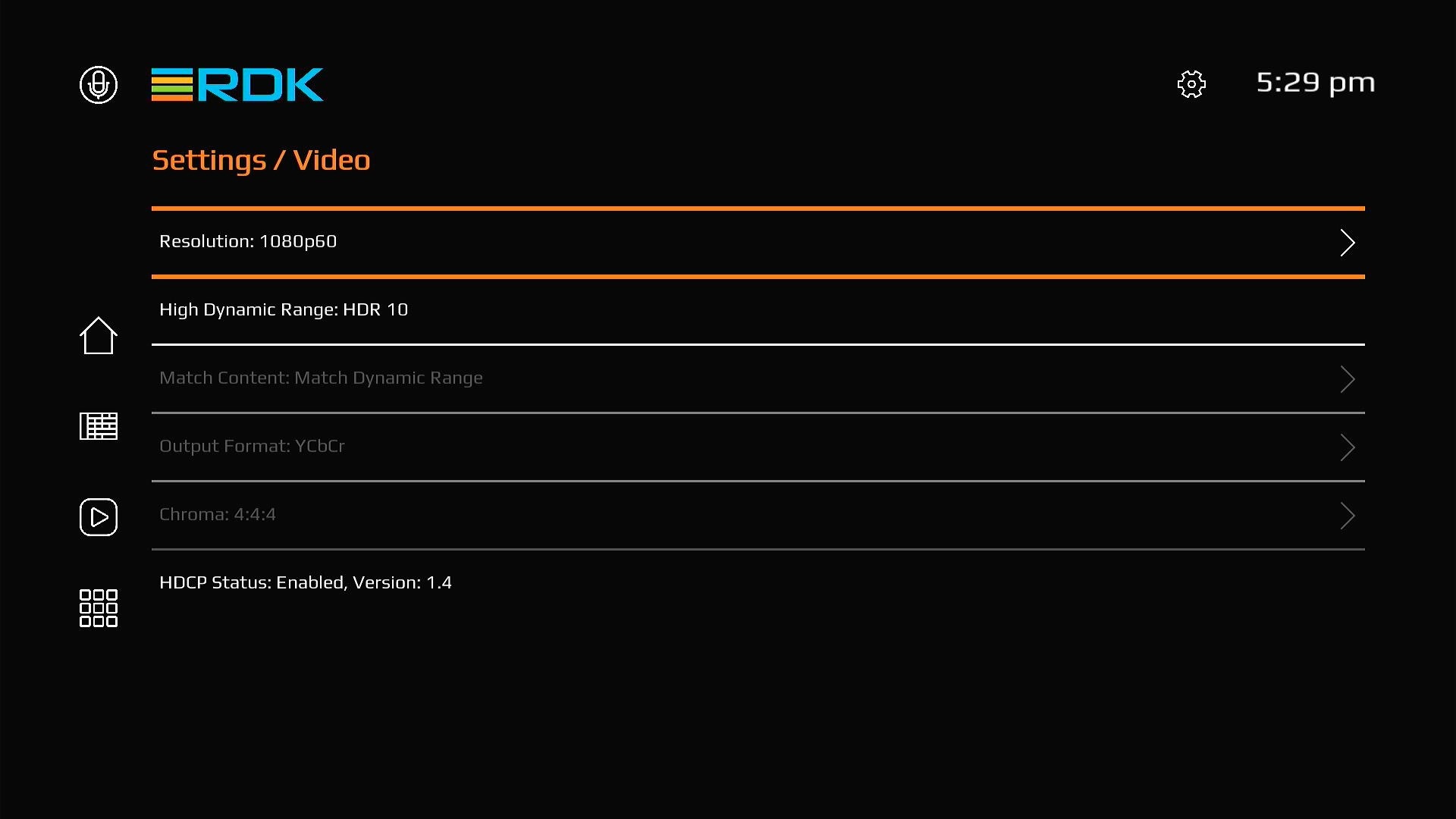
This screen presents the common resolutions supported by both source(device) and sink(display).
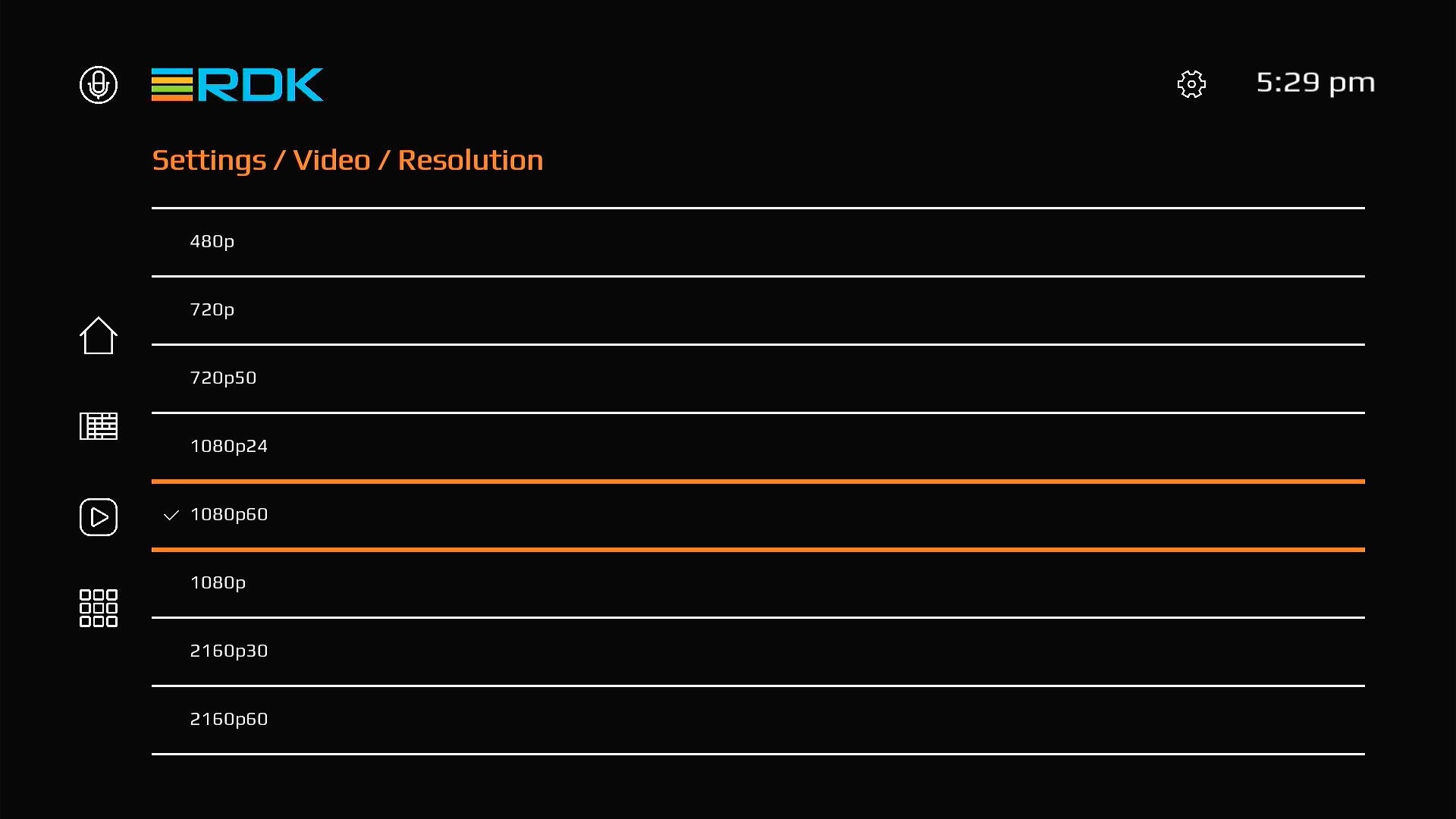
Provides option to change Output mode of the device.
Note: Transparent contents are currently work in progress
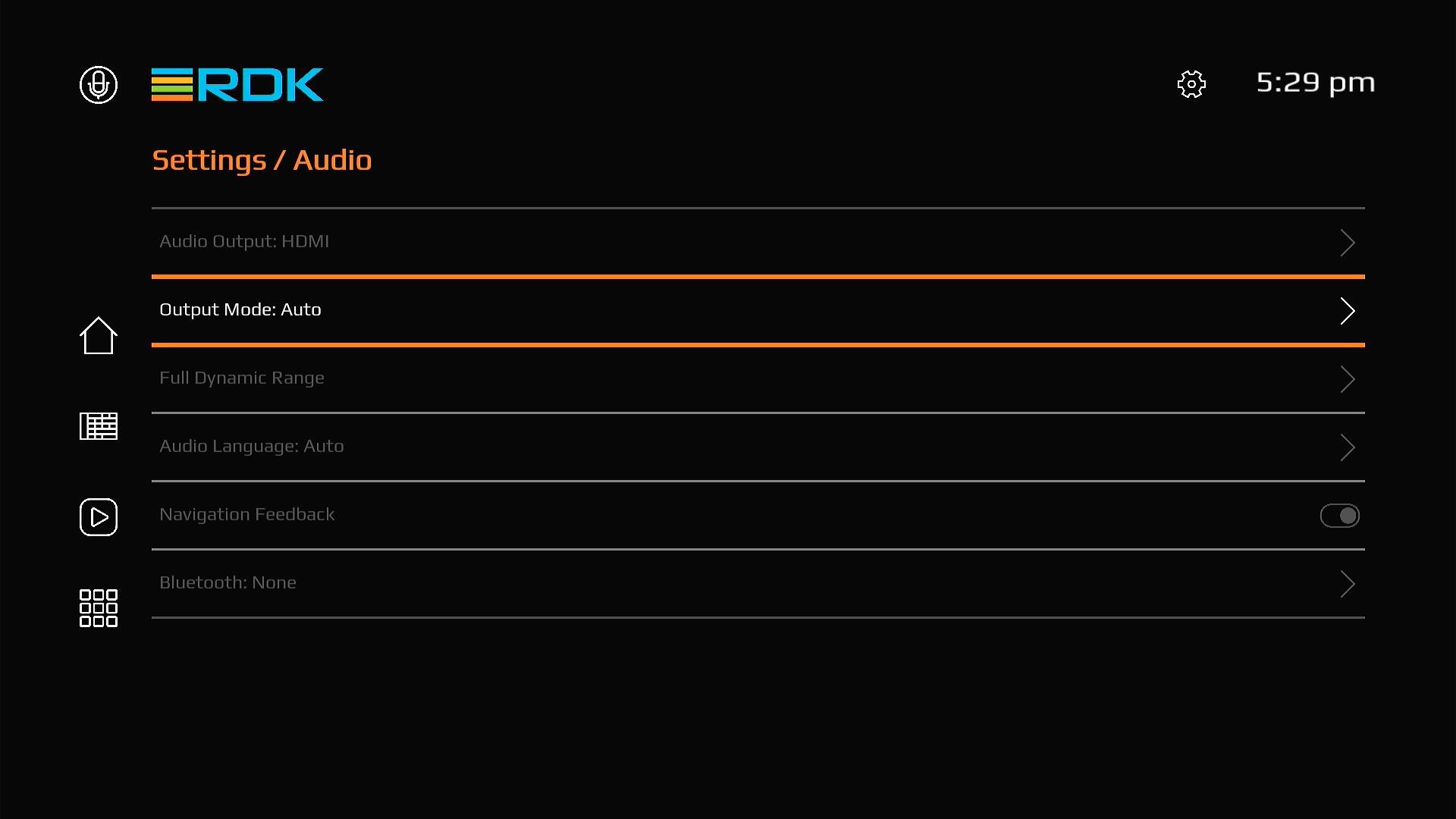
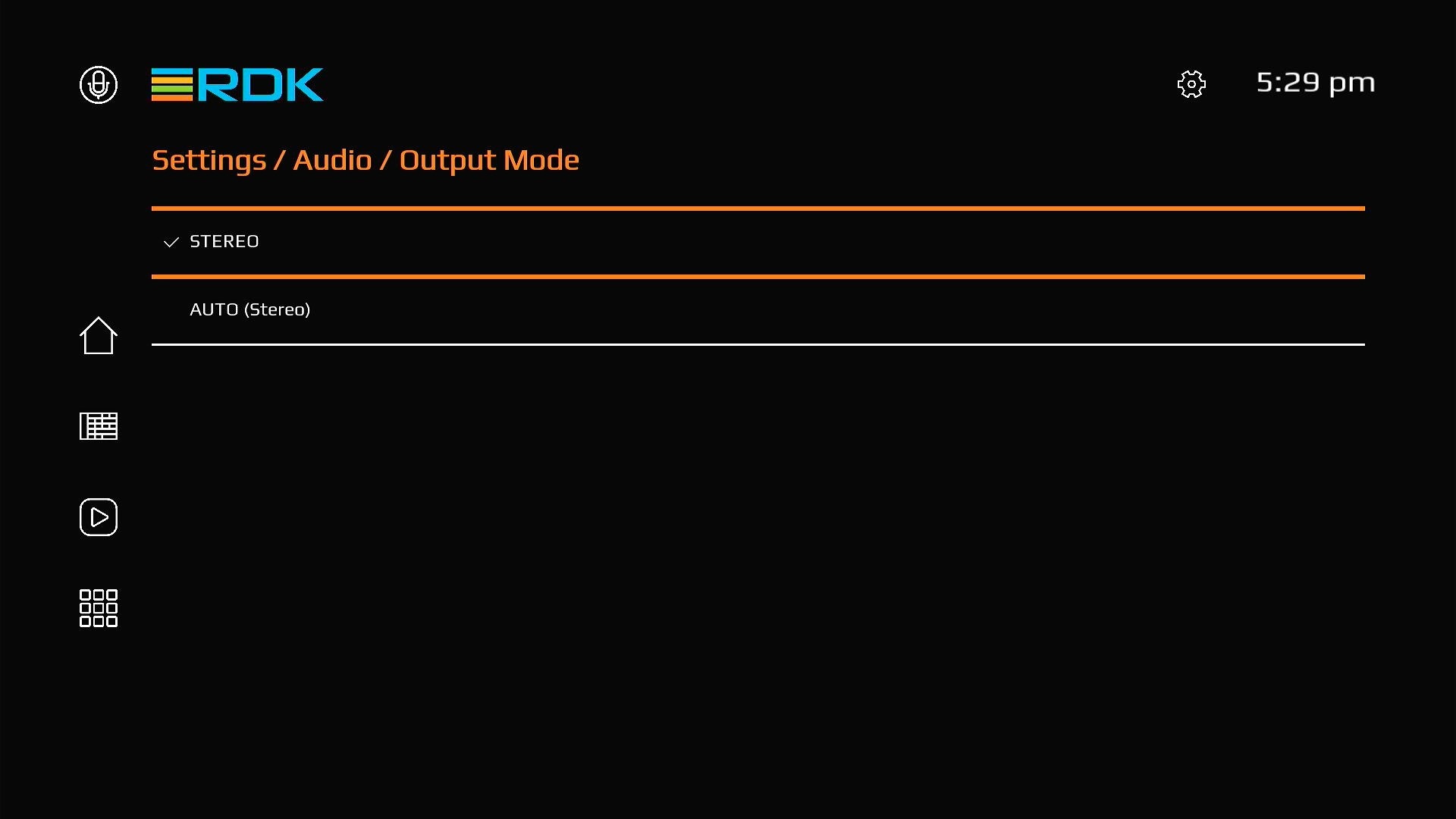
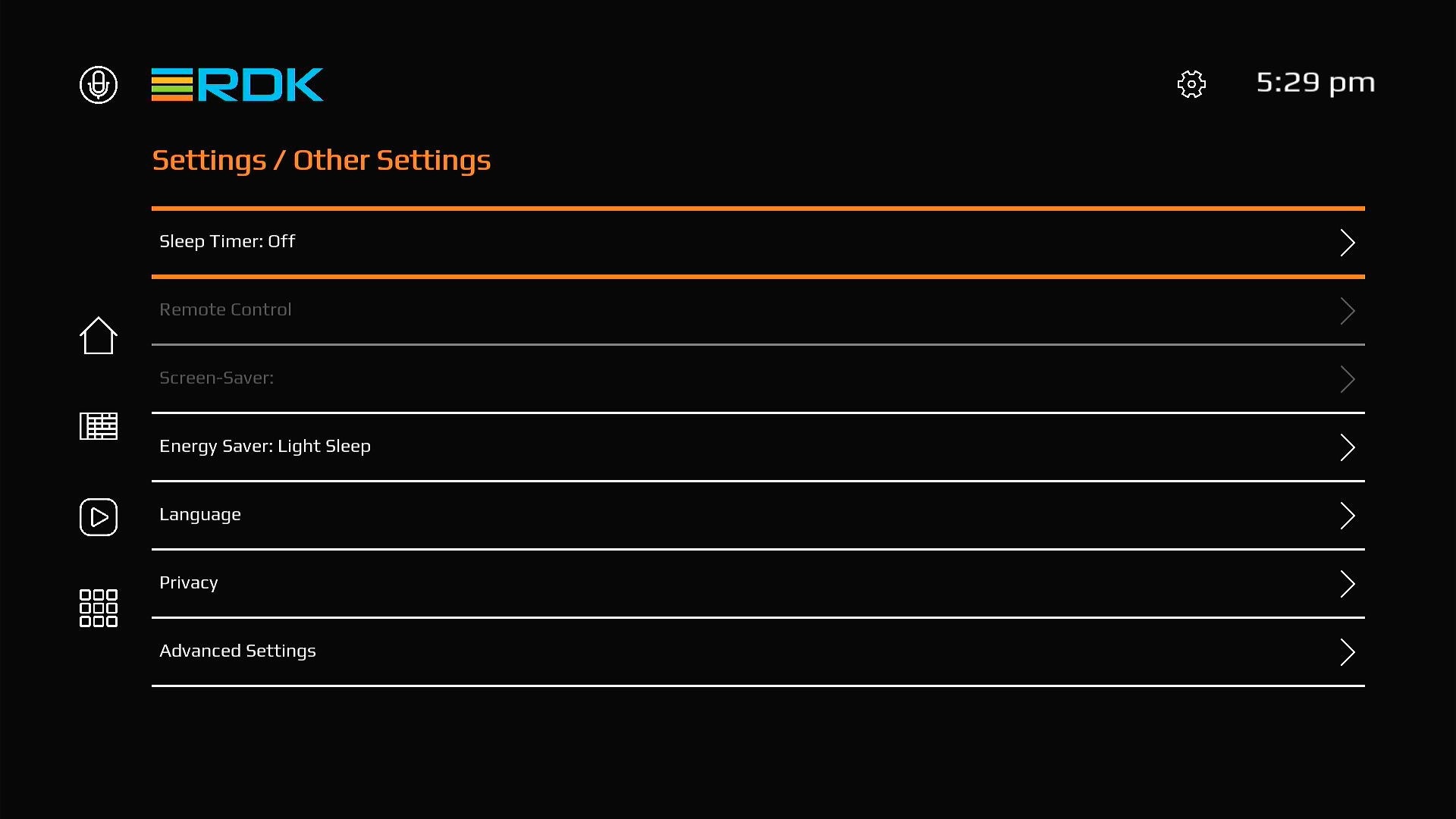
Sleep Timer turns off the screen upon selecting a particular time frame from the options provided. Device will be in Light Sleep mode by default. User can change the default sleep(standby) mode from Energy Saver section.
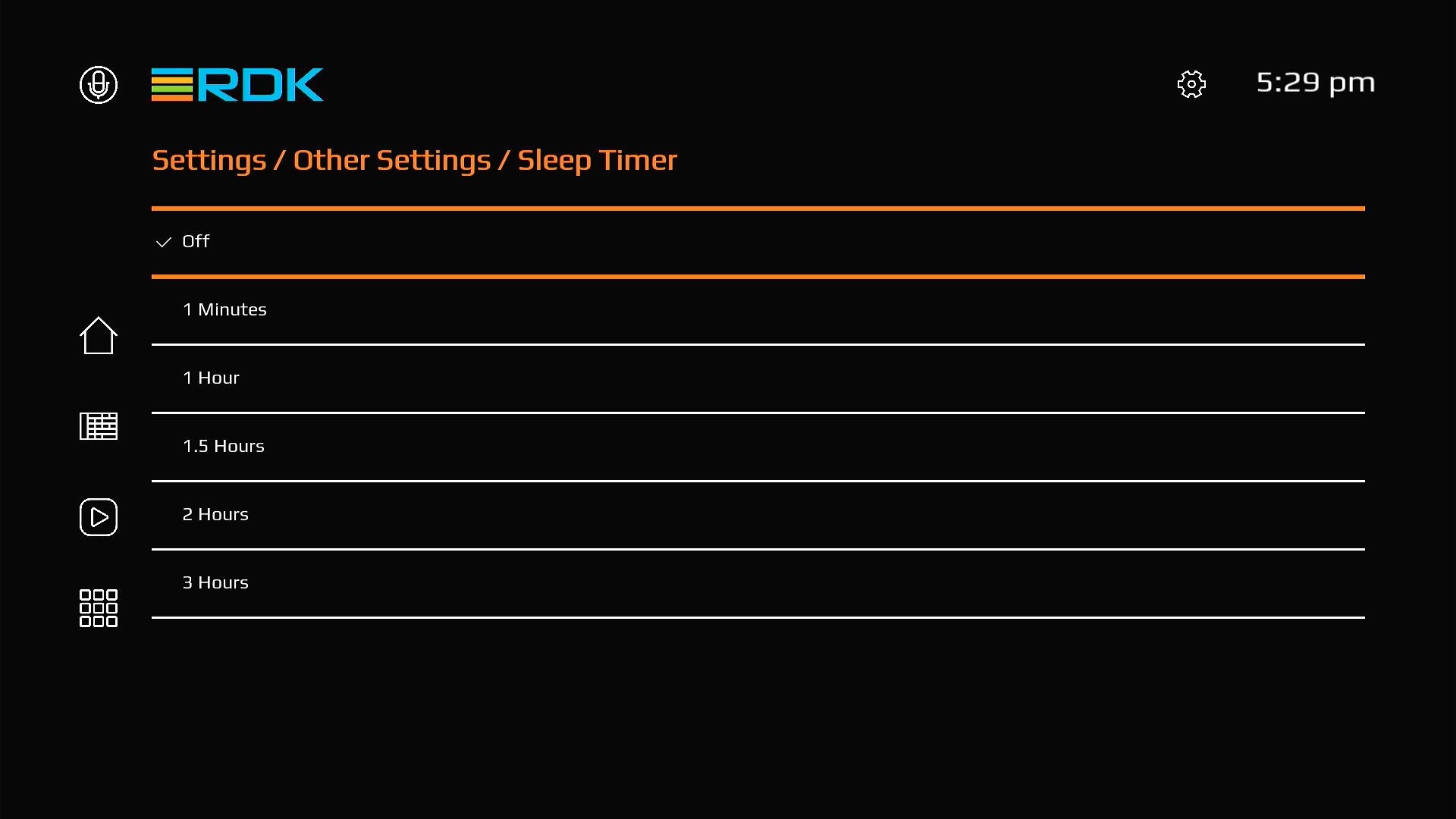
Energy Saver page allows user to configure the default sleep mode from the supported standby modes.
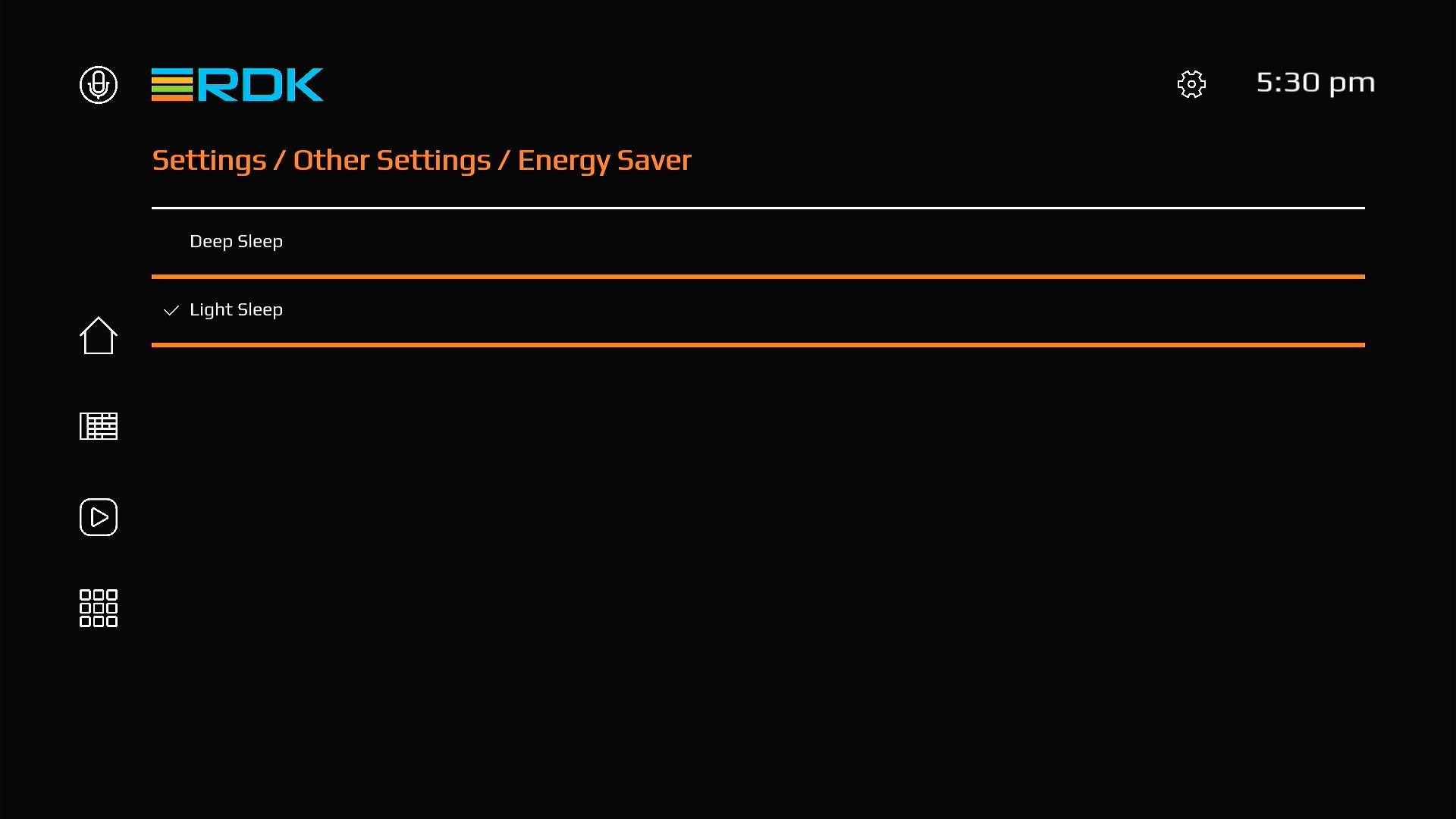
Allows user to change the menu language of the UI. If changed, the UI will reload to refresh the entire settings and in that process user may see display going blank and a spinner appearing for the reload time.
Note: this spinner is being spawned as a separate app instance.
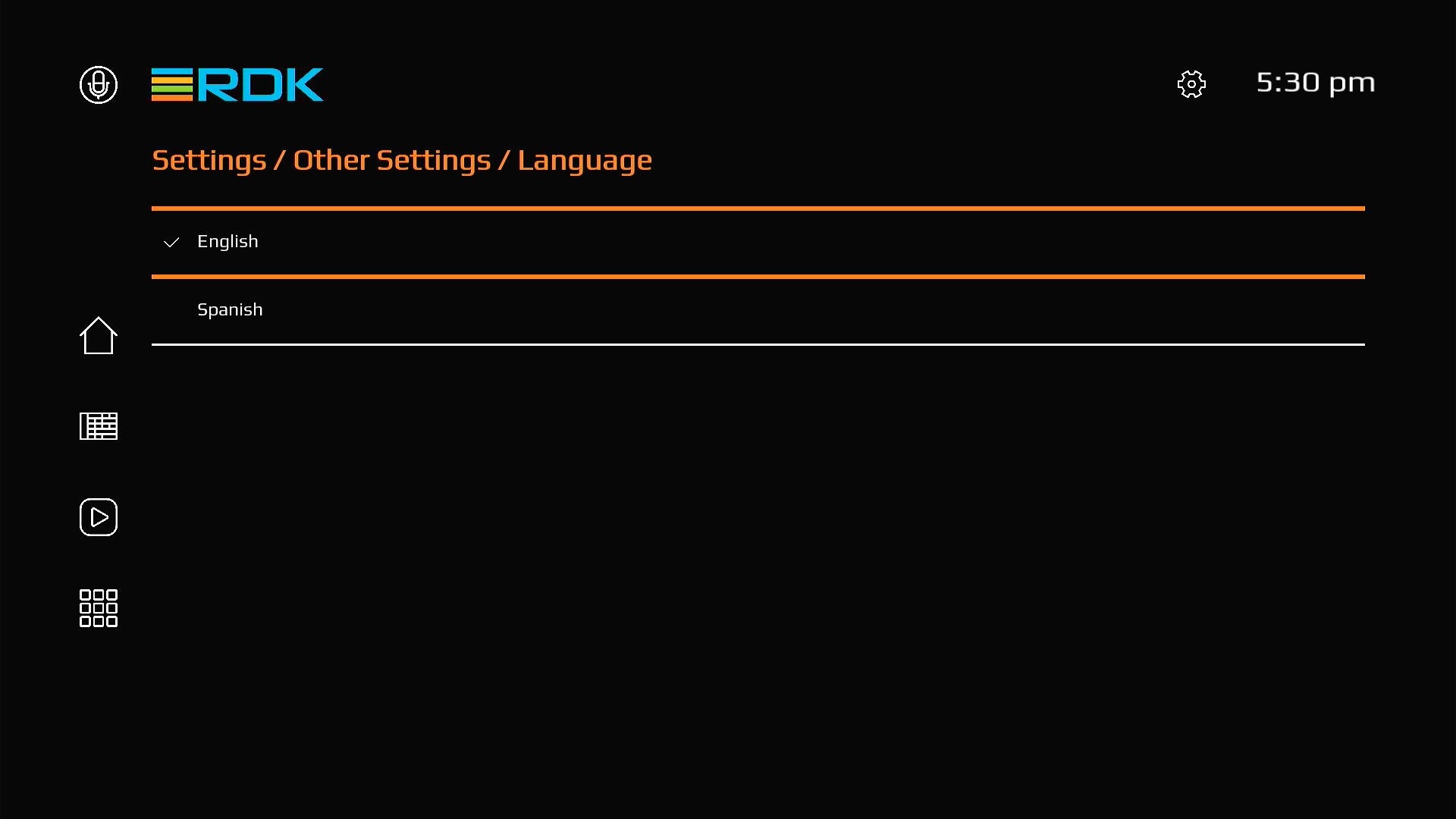
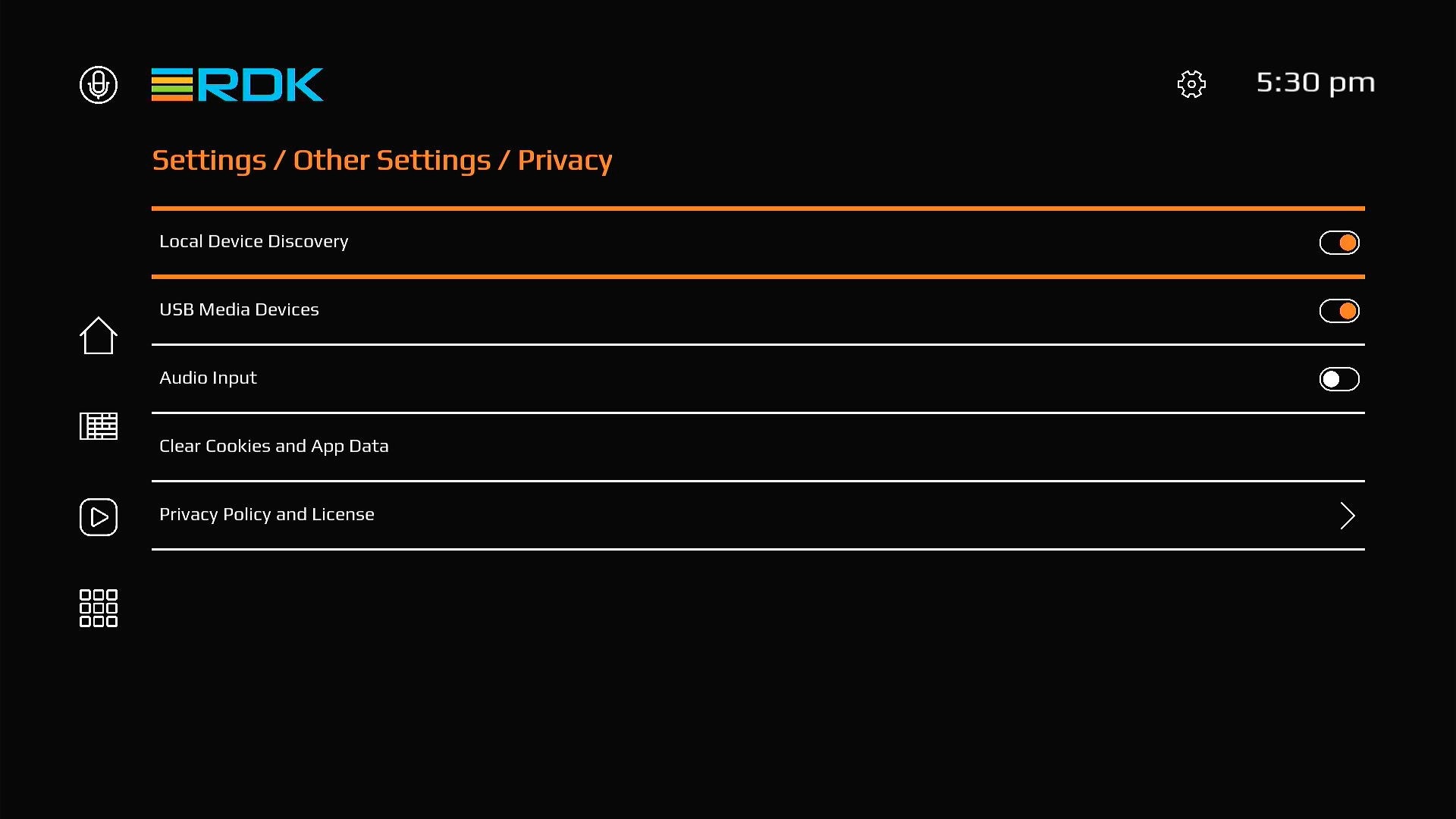
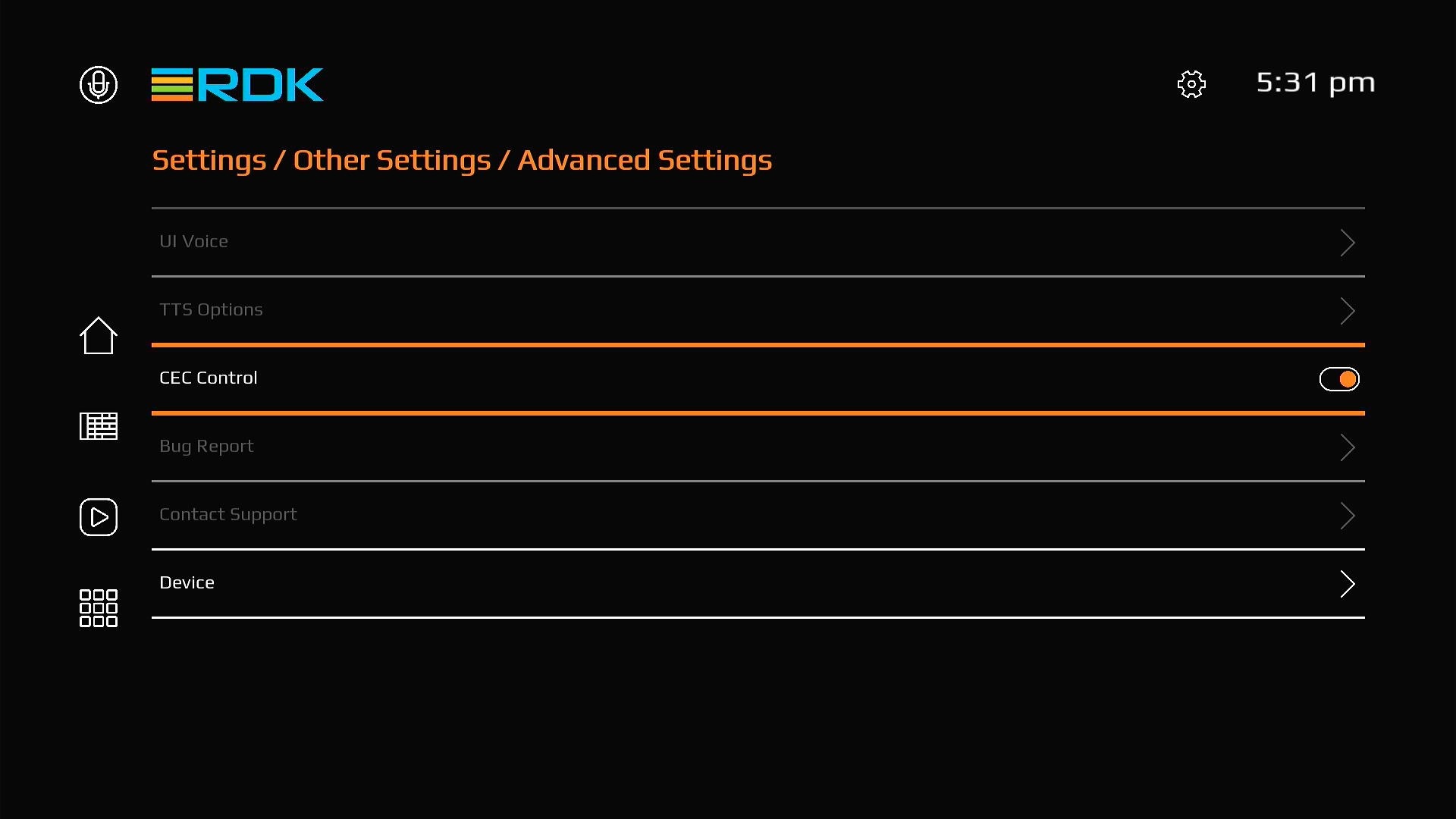
TBD: Need updated image
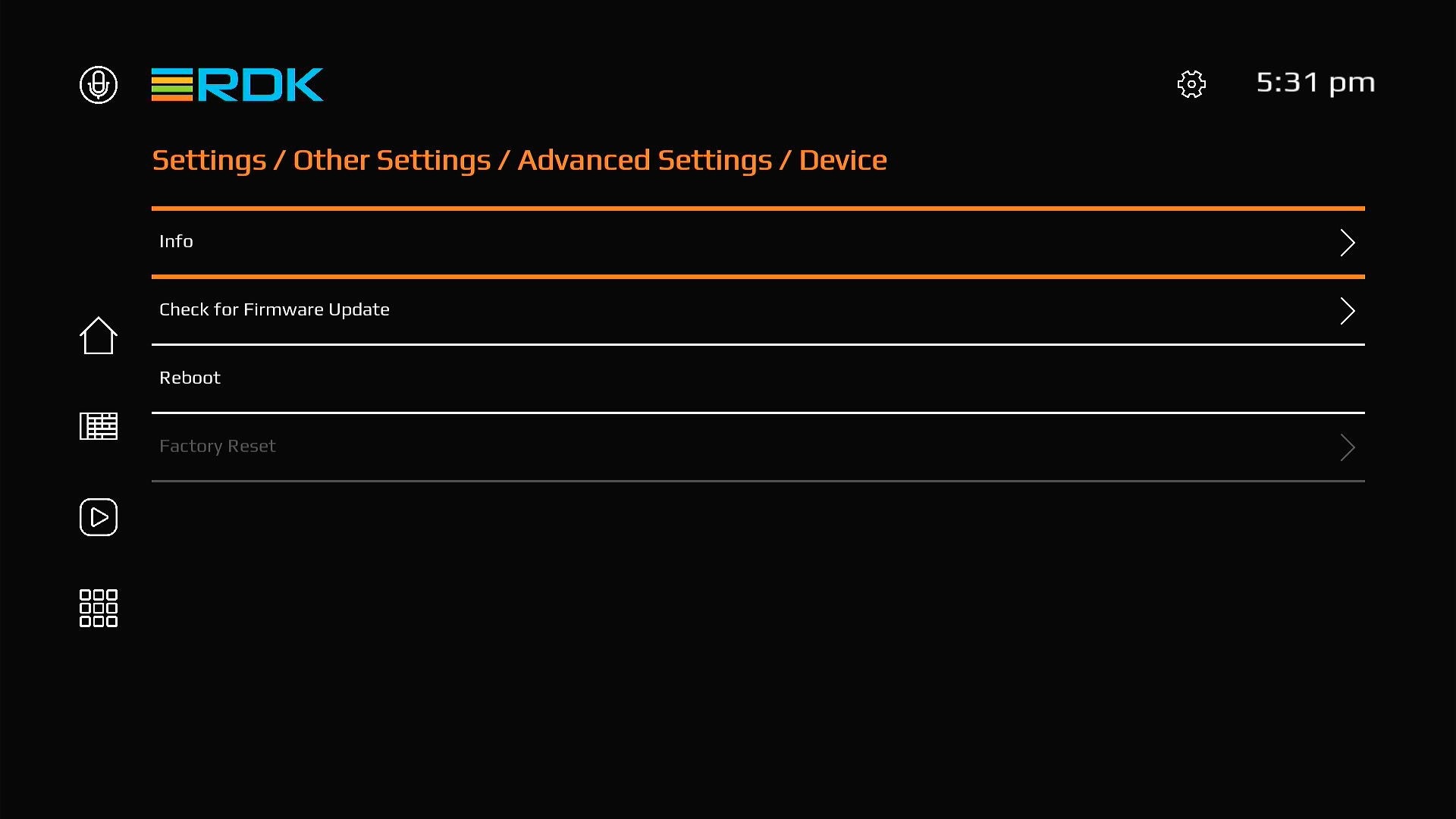
Device Details - Info - Lists down information about device like chipset, location, supported DRM systems, Firmware version etc.
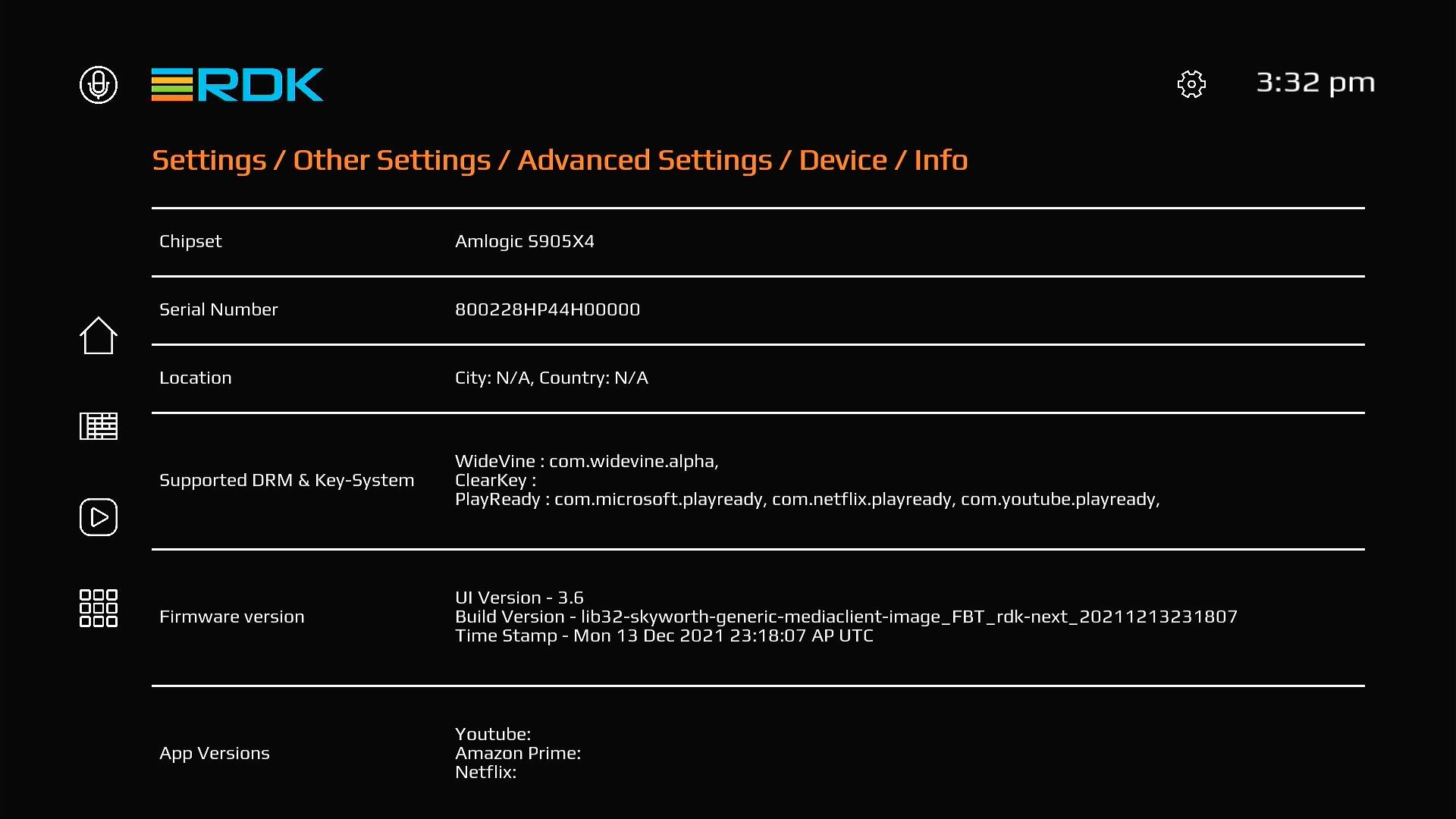
TBD: Need image
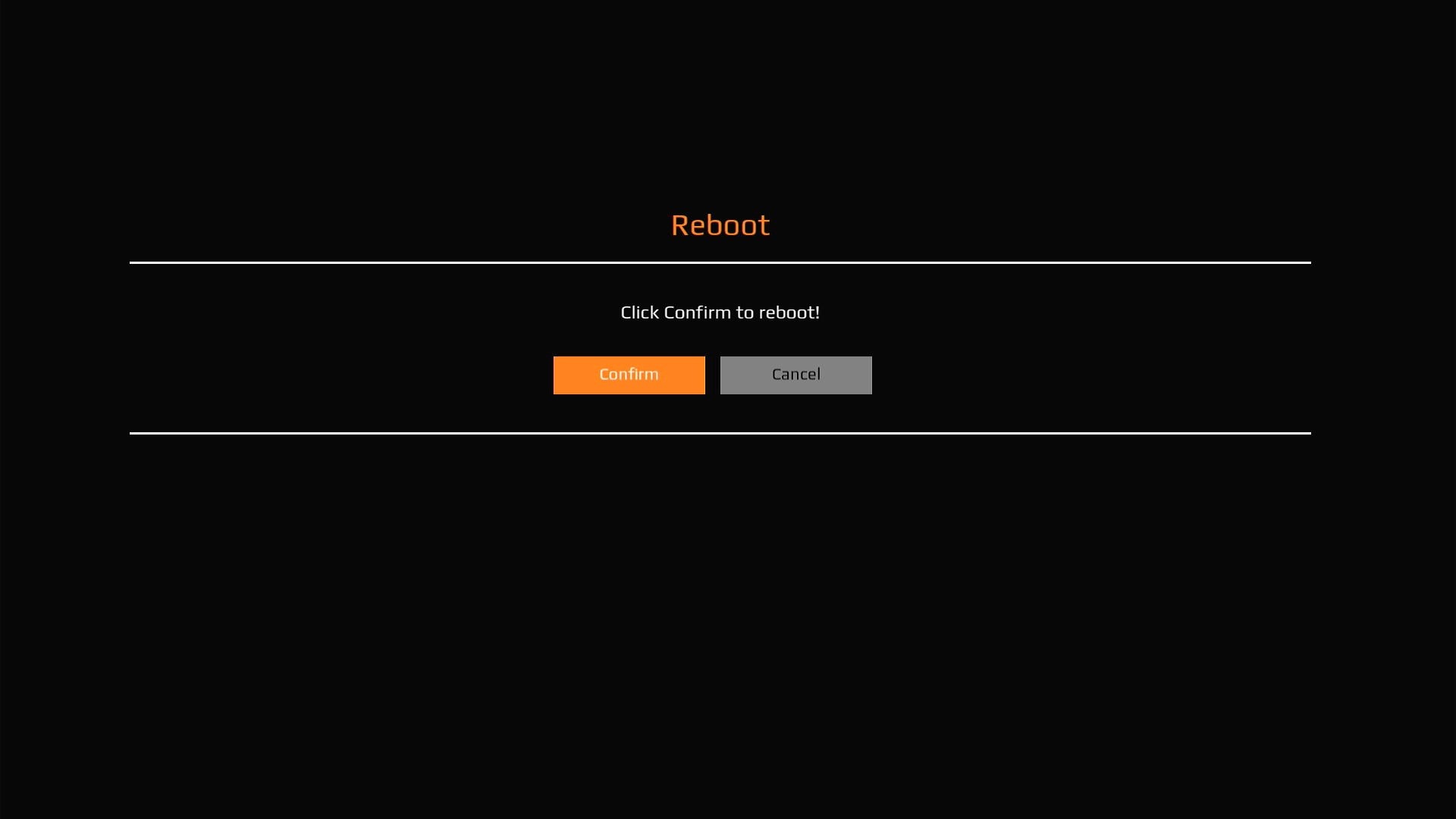
In this version you will get full access to USB Media device related features if the device has required support integrated. To name a few - viewing images, playing audio and video file, accessing internal folders of the USB Media device.
When the USB is plugged in UI will show USB icon on Featured Content row as shown in below content. New design allows the user to disable and enable USB Media support feature from Privacy Setting.
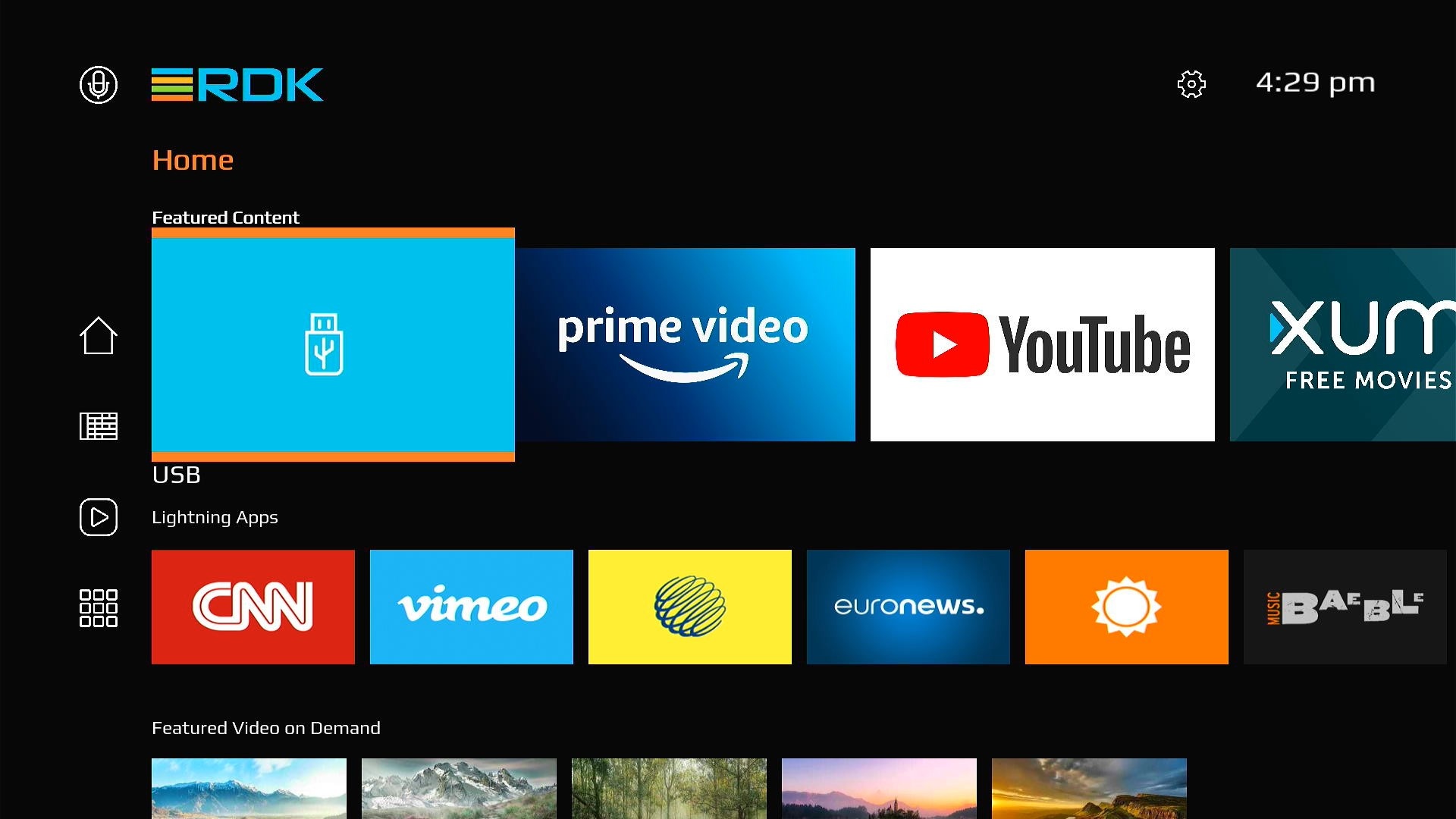
User can view the contents by pressing enter and he will see contents sorted based on Video, Audio, Photo, Folder.
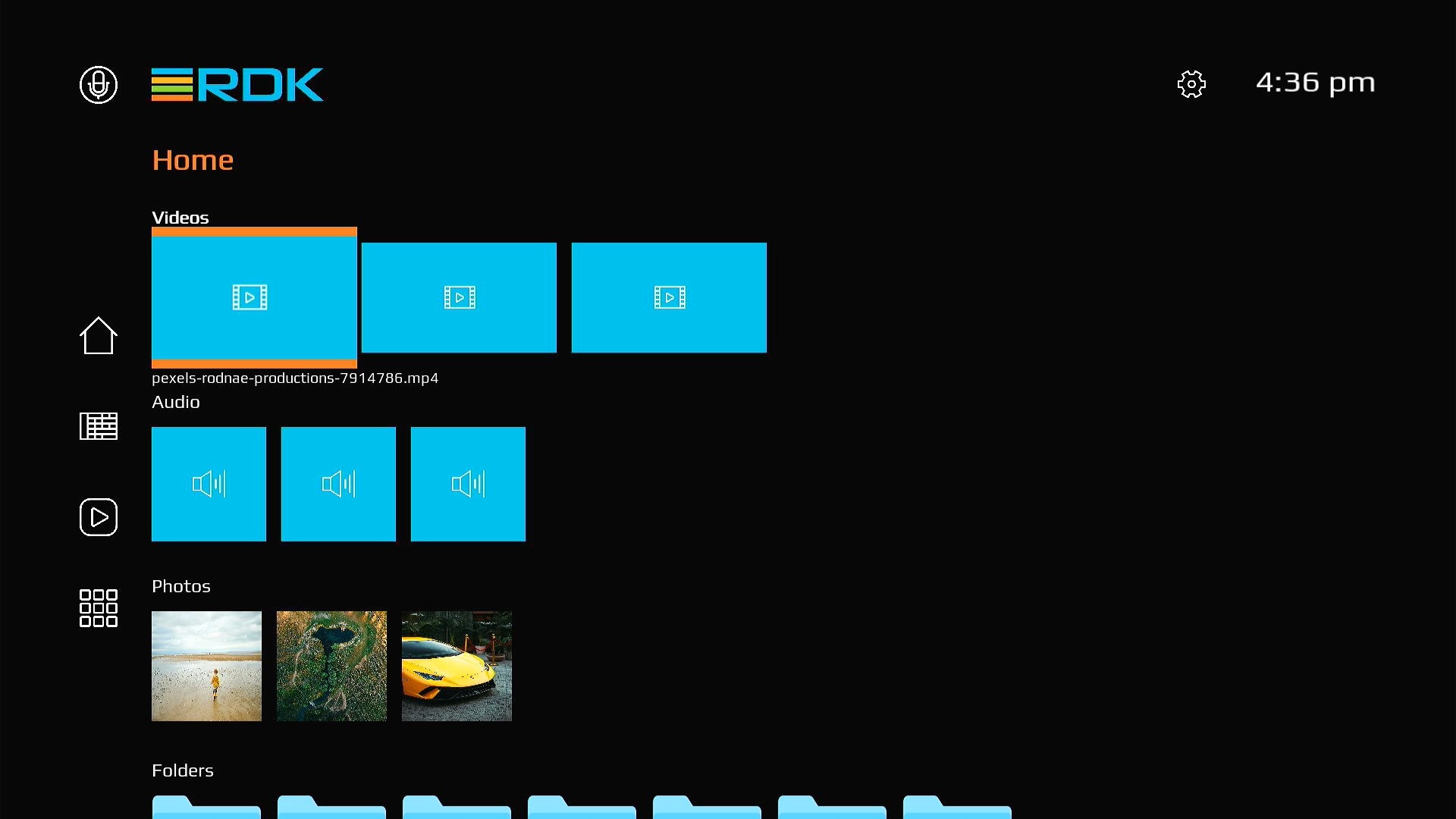
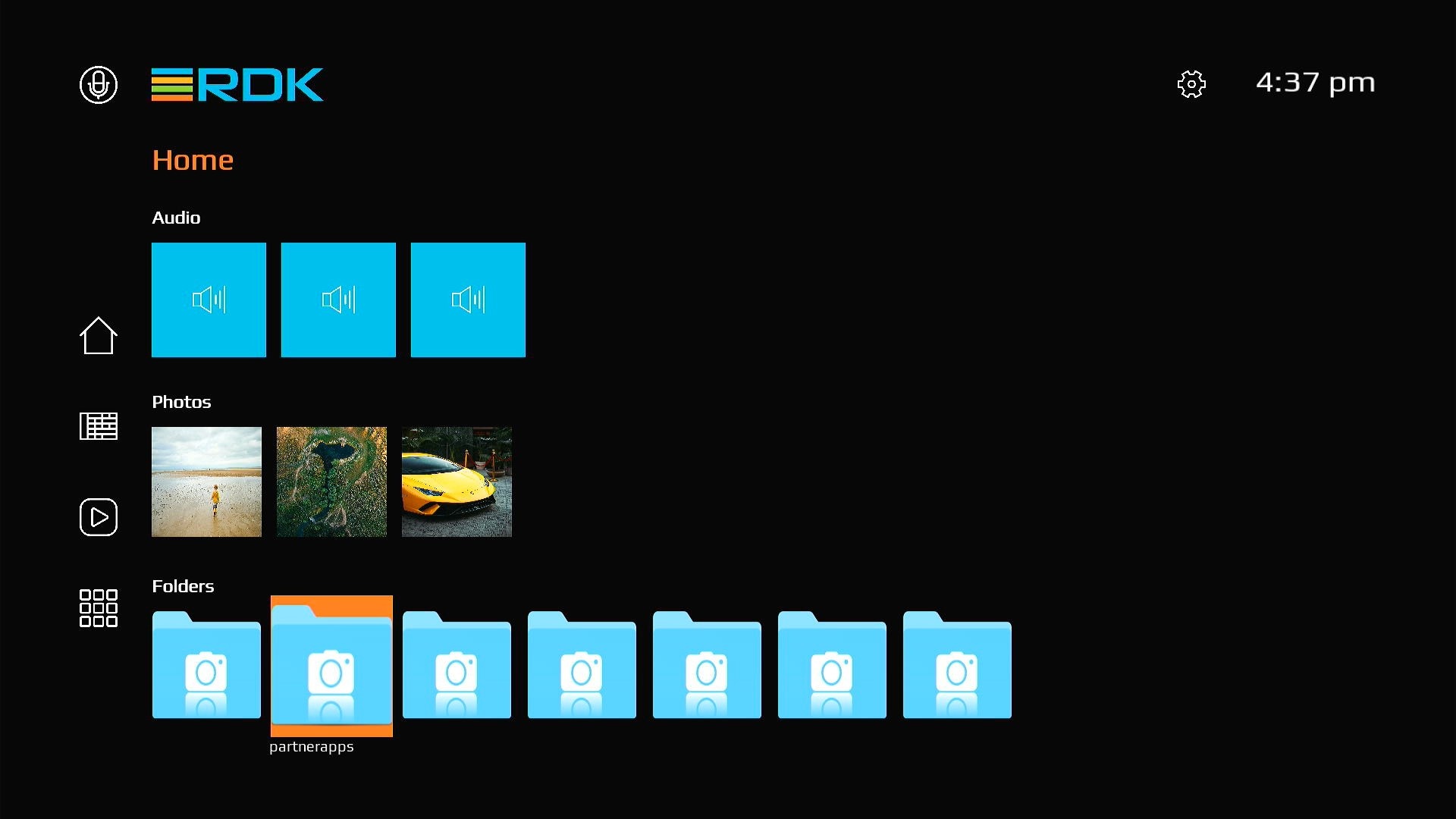
You can traverse using Left/Right/Up/Down and to access the content - press Enter. File format supported is limited only by UVE support and USBAccess plugin filter.

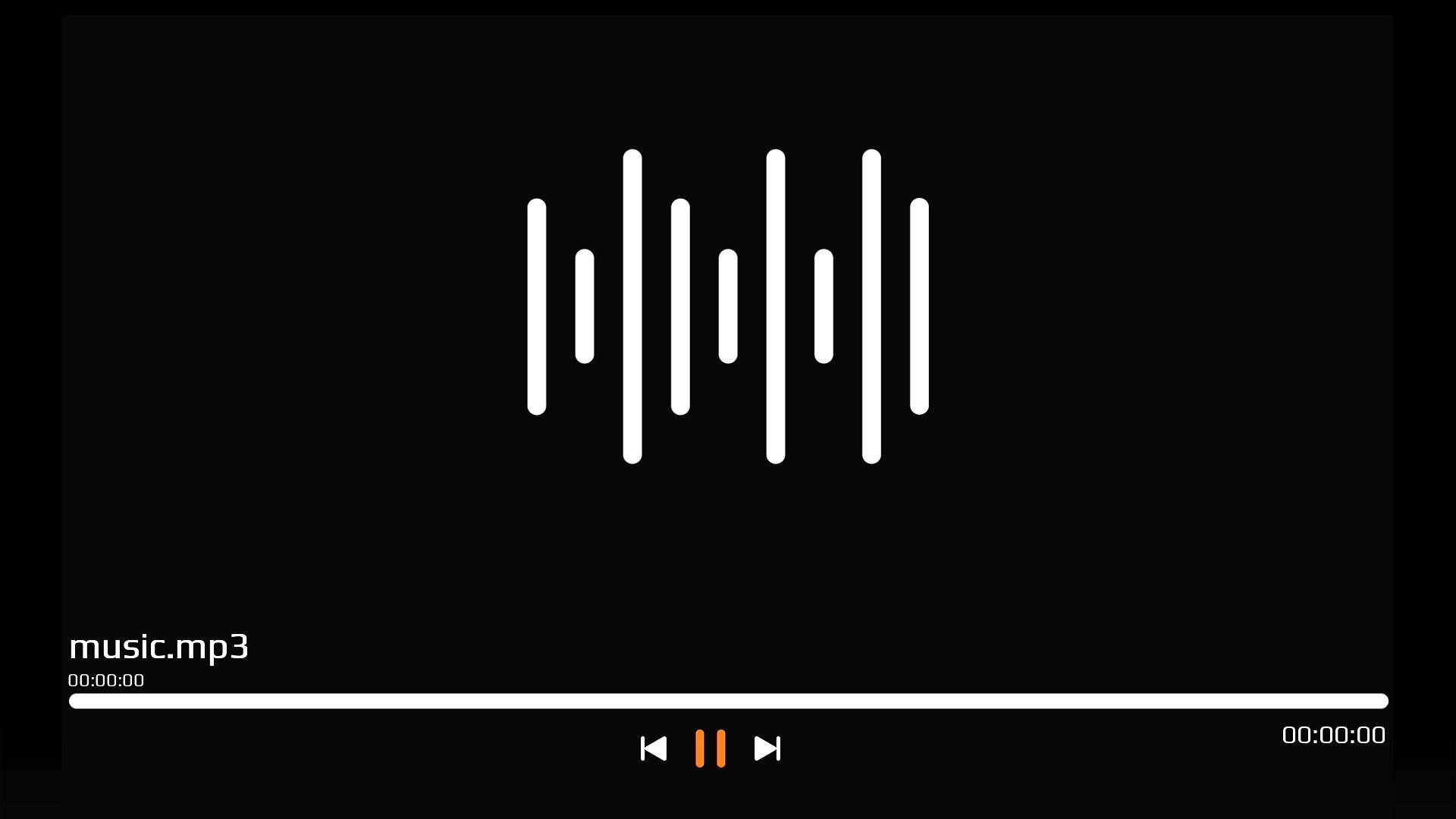

New widget for overlay - to display notifications such as volume change etc.
Note: Current release only has support for Volume change notification. User shall be able to see the volume change notifications in this overlay screen.
TBD: Need image [Volume change, Mute]
This feature adds additional overlay screens for changing TV related settings as detail;ed below.
TBD: Need images [Input Selection, Picture settings]
This feature allows the app developers to quickly test any app without modifying the Accelerator UI source code by adding details of the custom app in app manager registry file present in device. After updating this restart the device or residentapp service to reload the Home page which shall display a new row at home page with the Icon image. A sample app manager registry configuration and resulting UI screen will be as given below.
root@HP44HRDK:~# cat /opt/appmanagerregistry.conf
{
"applications":[
{
"displayName":"SampleApp",
"uri":"https://apps.rdkcentral.com/rdk-apps/device-ui/index.html",
"applicationType":"Lightning",
"url":"http://127.0.0.1:50050/lxresui/static/images/info.png"
}
]
} |
List of supported launch type for apps(applicationType)
| Application Type | Sample appmanagerregistry.conf |
|---|---|
| For HTMLApps (online) | { "applications":[ { "displayName":"HTML App", "uri":"https://keycode.info/", "applicationType":"WebApp", "url":"http://127.0.0.1:50050/lxresui/test-tube.png" } ] } |
| For Native/ResidentApps (offline) | { "applications":[ { "displayName":"Native App", "uri":"http://localhost:50050/lxresui/static/loaderApp/index.html", "applicationType":"Native", "url":"http://127.0.0.1:50050/lxresui/test-tube.png" } ] } |
| For LightningApps (online) | { "applications":[ { "displayName":"Lightning App", "uri":"https://apps.rdkcentral.com/rdk-apps/device-ui/index.html", "applicationType":"Lightning", "url":"http://127.0.0.1:50050/lxresui/test-tube.png" } ] } |
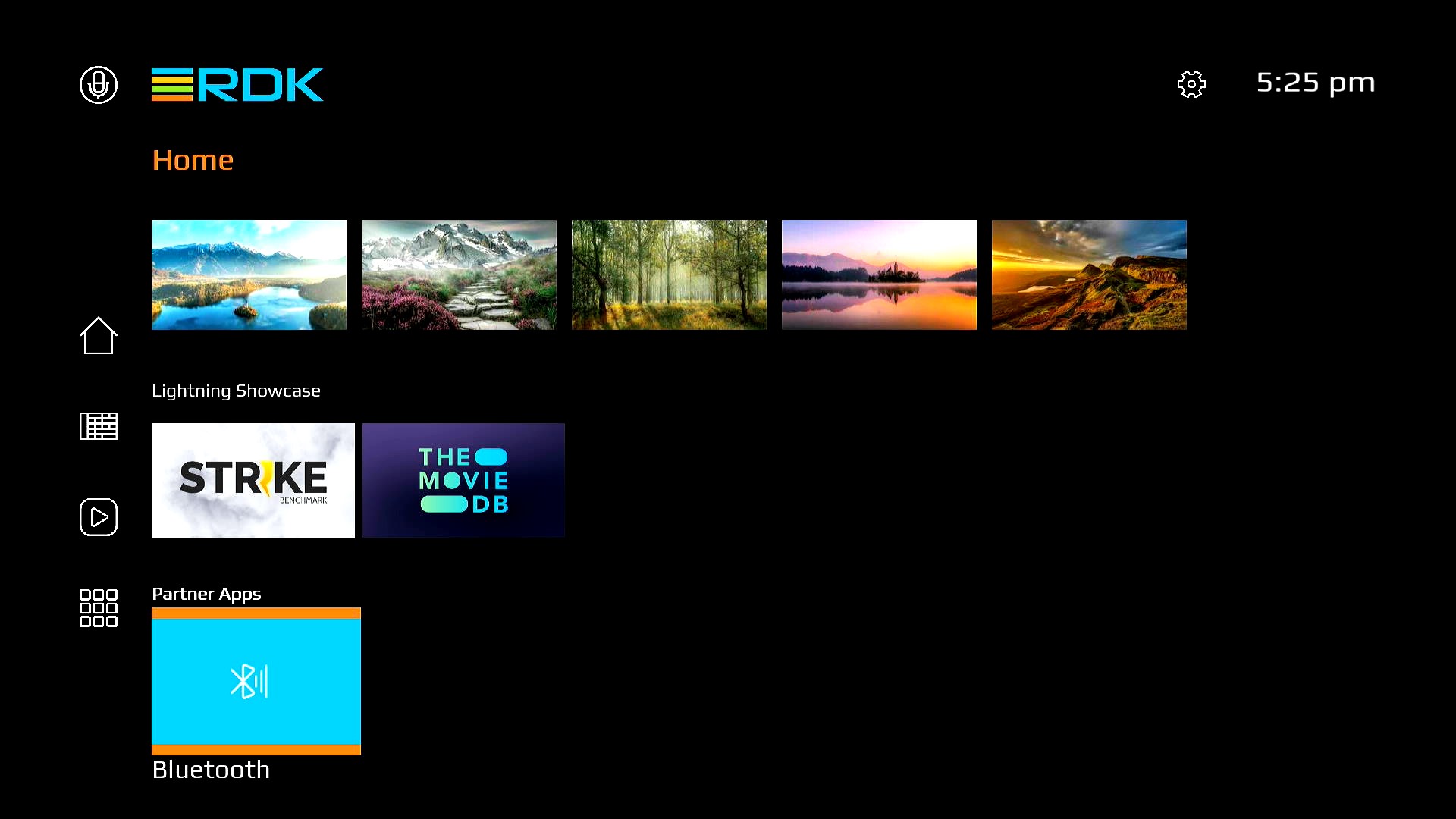
The version 3 UI supports a configurable keymap. Below lists the general functionality and keycode of keys. Detailed information of the default keycode mappings can found here.
| Key | Functionality |
|---|---|
| Keycode - 37,39,38,40 (Left/Right/Up/Down Key) | To Move between the Contents Tiles To Navigate between settings screen |
| Keycode - 13 (Enter Key) | To launch app from App list To launch Video Player To Enable/Disable Features To Play/Pause Video |
| Keycode - 36,77,27 Home/m/Escape | To Navigate to home screen To return back to home screen when YouTube app is running |
| Keycode - 116 (Power Key) | To Power off the device |
| Keycode - 174 (AudioVolumeDown Key) | To decrease the volume of the STB |
| Keycode - 175 (AudioVolumeUp Key) | To increase the volume of the STB |
| Keycode - 173 (AudioVolumeMute Key) | To mute the STB |
One among the new feature in this version of UI is it allows to change the focus color, background color and logo if an operator wishes to by making necessary changes in config.js. Default config.js for reference is as below.
const themeOptions = {
partnerOne: {
hex: 0xfff58233,
logo: 'RDKLogo.png',
background: '0xff000000'
},
partnerTwo: {
hex: 0xff91c848,
logo: 'RDKLogo.png',
background: '0xff000000'
},
} |
User can define an object inside theme options which need three parameters:
hex - Color accents on the UI. Default one is shade of orange.
logo - Logo at the splash and top left side on the home screen.
background - background color of the components.
User has to export a specific theme for it to apply through the UI.
export var CONFIG = {
theme: themeOptions['partnerOne'],
language: localStorage.getItem('Language')!=null ? language[localStorage.getItem('Language')] : language['english']
} |
This section details about how to customize the current UI source code and develop further.
Follow the commands to run the application on you laptop.
Type lng to confirm the installation. You will see the below output.
$ npm install -g @lightningjs/cli $ lng Usage: index lightning-cli <command> [options] Options: -V, --version output the version number -h, --help display help for command Commands: create - Create a new Lightning App build - Build a local development version of the Lightning App serve - Start a local webserver and run a built Lightning App in a web browser watch - Watch for file changes and automatically rebuild the App dev - Build a local Lightning App, start a local webserver, run a built Lightning App in a web browser and watch for changes docs - Open the Lightning-SDK documentation dist [options] - Create a standalone distributable version of the Lightning App upload - Upload the Lightning App to the Metrological Back Office to be published in an App Store update - Update the Lightning-CLI to the latest version help [command] - display help for command |
Clone repo
$ git clone "https://code.rdkcentral.com/r/components/opensource/RDK_apps" $ cd RDK_apps $ git checkout rdk-next $ cd accelerator-home-ui Note: if you are not able to launch offline UI, add .env file inside accelerator-home-ui/ and add 'LNG_BUNDLER=esbuild' to force the bundler. Make sure you have esbuild dependency (npm install esbuild) $ npm install |
Build and Host
$ lng build $ lng serve |
App will be hosted on http://127.0.0.1:8080
The UI uses localstorage feature of WebkitBrowser's ResidentApp configuration for storing the user preferences. PLUGIN_RESIDENT_APP_LOCALSTORAGE and PLUGIN_RESIDENT_APP_PERSISTENTPATHPOSTFIX variables need to be configured build-time itself.
Note: the localstorage directory shall be pointed to a persistent ReadWrite section on device.
Packages that are needed for Accelerator UI v3 are from meta-rdk-video layer. They will get installed into the final rootfs with necessary startup and configuration scripts if the machine configuration is enabled with below mentioned DISTRO_FEATURES.
$ DISTRO_FEATURES_append = " offline_apps build_rne " |
This section details the average loading time, CPU and memory utilization for this version of the UI alone. It has been measured by loading the offline version of the UI on a pre-activated webkitbrowser instance.
TBD
| Platform | CPU (%‾) | Memory (MB‾) | Home page loading time [#menu] (in ms‾) |
|---|---|---|---|
| Raspberry Pi | |||
| Reference VA(IP) - HX44X | |||
| Reference VA(IP) - AH212 | 8000 | ||
| Reference VA(Hyb) - EKT |
To experience UIv3.X on a firebolt compliant RDK stack, below url can be used.
Current Stable Version(3.6): https://apps.rdkcentral.com/rdk-apps/accelerator-home-ui/index.html#splash
Previous Stable Version(3.5): https://apps.rdkcentral.com/rdk-apps/device-ui/index.html#splash
This section details the necessary platform integration support required to ensure the smooth functionality of UI version 3. Below are the details of RDKServices provided methods and notifications used in each UI feature or page implementation which shall aid debugging any functionality and integration or modification of the same. The Featured Video Player - UVE is used for Video-On-Demand sample streams.
TBD: Need updation
| Functionality | Plugin | Method | Events |
|---|---|---|---|
| Launching Premium apps | org.rdk.RDKShell | launch | |
| Hide Resident App | org.rdk.RDKShell | setVisibility | |
| Hot Plug and Unplug of USB | org.rdk.UsbAccess | OnUSBMountChanged |
| Functionality | Plugin | Method | Events |
|---|---|---|---|
| Get Default Network Interface | org.rdk.Network | getDefaultInterface | |
| Test Internet Connection | org.rdk.Network | isConnectedToInternet | |
| Current IP settings | org.rdk.Network | getIpSettings | |
| Get Interfaces | org.rdk.Network | getInterfaces | |
| Get Connected SSIDs | org.rdk.Wifi | getConnectedSSID | |
| Set Default Interface | org.rdk.Network | setDefaultInterface | |
| Discover SSID | org.rdk.Wifi | startScan | |
| Stop Scan | org.rdk.Wifi | stopScan | |
| Connect to SSID | org.rdk.Wifi | connect | |
| Disconnect SSID | org.rdk.Wifi | disconnect | |
| Wifi State | org.rdk.Wifi | getCurrentState | |
| Enable/Disable Wifi | org.rdk.Wifi | setEnabled | |
| Paired SSIDs | org.rdk.Wifi | getPairedSSID | |
| Activate Wifi Plugin | Controller | activate | |
| Wifi state change | org.rdk.Wifi | onWifiStateChanged | |
| Error | org.rdk.Wifi | onError | |
| Available SSID | org.rdk.Wifi | onAvailableSSIDs | |
| Wifi state change | org.rdk.Wifi | onWifiStateChanged |
| Functionality | Plugin | Method | Events |
|---|---|---|---|
| Activate Bluetooth | Controller | activate | |
| Disable Bluetooth | org.rdk.Bluetooth | disable | |
| Enable Bluetooth | org.rdk.Bluetooth | enable | |
| Start Scan | org.rdk.Bluetooth | startScan | |
| Stop Scan | org.rdk.Bluetooth | stopScan | |
| Discovered Devices | org.rdk.Bluetooth | getDiscoveredDevices | |
| Paired Device | org.rdk.Bluetooth | getPairedDevice | |
| Connected Device | org.rdk.Bluetooth | getConnectedDevices | |
| Connect to Bluetooth device | org.rdk.Bluetooth | connect | |
| Disconnected to Bluetooth device | org.rdk.Bluetooth | disconnect | |
| Unpair a device | org.rdk.Bluetooth | unpair | |
| Pair a device | org.rdk.Bluetooth | pair | |
| Discovered Device | org.rdk.Bluetooth | onDiscoveredDevice | |
| Pairing Request | org.rdk.Bluetooth | onPairingRequest | |
| Connection Change | org.rdk.Bluetooth | onConnectionChange | |
| Discovery Complete | org.rdk.Bluetooth | onDiscoveryCompleted | |
| Discovery Started | org.rdk.Bluetooth | onDiscoveryStarted | |
| Request Failed | org.rdk.Bluetooth | onRequestFailed |
| Functionality | Plugin | Method | Events |
|---|---|---|---|
| Enable Display Setting plugin | Controller | org.rdk.DisplaySettings | |
| Get Resolution | org.rdk.DisplaySettings | getCurrentResolution | |
| Get HDCP Status | org.rdk.HdcpProfile | getHDCPStatus | |
| Get HRD Settings | DisplayInfo | hdrsetting | |
| Supported Resolutions | org.rdk.DisplaySettings | getSupportedResolutions | |
| Set Resolutions | org.rdk.DisplaySettings | setCurrentResolution |
| Functionality | Plugin | Method | Events |
|---|---|---|---|
| Sound mode | org.rdk.DisplaySettings | getSoundMode | |
| Supported Sound Modes | org.rdk.DisplaySettings | getSupportedAudioModes | |
| Set Sound Mode | org.rdk.DisplaySettings | setSoundMode |
| Functionality | Plugin | Method | Events |
|---|---|---|---|
| Set Power State | org.rdk.System | setPowerState | |
| Inactivity | org.rdk.RDKShell | onUserInactivity | |
| Inactivity Interval | org.rdk.RDKShell | setInactivityInterval | |
| Enable/Disable Inactivity Reporting | org.rdk.RDKShell | enableInactivityReporting |
| Functionality | Plugin | Method | Events |
|---|---|---|---|
| Get preferred Standby Mode | org.rdk.System | getPreferredStandbyMode | |
| Set preferred Standby Mode | org.rdk.System | setPreferredStandbyMode |
| Functionality | Plugin | Method | Events |
|---|---|---|---|
| Activate USB Plugin | Controller (org.rdk.UsbAccess) | activate | |
| Deactivate USB Plugin | Controller (org.rdk.UsbAccess) | deactivate |
| Functionality | Plugin | Method | Events |
|---|---|---|---|
| Activate Xcast Plugin | Controller (org.rdk.Xcast) | activate | |
| Deactivate Xcast Plugin | org.rdk.Xcast | setEnabled |
| Functionality | Plugin | Method | Events |
|---|---|---|---|
| Activate CEC Plugin | Controller (org.rdk.HdmiCec_2) | activate | |
| Deactivate CEC Plugin | Controller (org.rdk.HdmiCec_2) | deactivate | |
| Check Enabled/Disabled | org.rdk.HdmiCec_2 | getEnabled | |
| Set Enabled/Disabled | org.rdk.HdmiCec_2 | setEnabled | |
| PerformOtpAction | org.rdk.HdmiCec_2 | performOTPAction |
| Functionality | Plugin | Method | Events |
|---|---|---|---|
| Serial Number | org.rdk.System | getSerialNumber | |
| System Version | org.rdk.System | getSystemVersions | |
| Activate OCDM Plugin | Controller (OCDM) | activate | |
| DRMs info | OCDM | drms | |
| Location info | LocationSync | location | |
| Device Info | DeviceIdentification | deviceidentification | |
| Location change | LocationSync | locationchange | |
| Firmware State | org.rdk.System | getFirmwareUpdateState | |
| Downloaded Firmware Info | org.rdk.System | getDownloadedFirmwareInfo | |
| Get Firmware Download Percentage | org.rdk.System | getFirmwareDownloadPercent | |
| Update Firmware | org.rdk.System | updateFirmware | |
| Reboot device | org.rdk.System | reboot |
| Functionality | Plugin | Method | Events |
|---|---|---|---|
| Deactivate app | org.rdk.RDKShell | destroy | |
| Suspend app | org.rdk.RDKShell | suspend | |
| Focus App | org.rdk.RDKShell | setFocus | |
| Move app to top of zorder | org.rdk.RDKShell | moveToFront | |
| State change of application event | Controller | statechange | |
| Add key intercepts | org.rdk.RDKShell | addKeyIntercept |
| Functionality | Plugin | Method | Events |
|---|---|---|---|
| Activate Xcast Plugin | Controller (org.rdk.Xcast) | activate | |
| Deactivate Xcast Plugin | Controller (org.rdk.Xcast) | deactivate | |
| Enable/Disable Xcast Status | org.rdk.Xcast | getEnabled | |
| Set Enable/Disable Xcast Status | org.rdk.Xcast | setEnabled | |
| Notify Application State | org.rdk.Xcast | onApplicationStateChanged | |
| Launch Request event | org.rdk.Xcast | onApplicationLaunchRequest | |
| Hide Request event | org.rdk.Xcast | onApplicationHideRequest | |
| Resume Request event | org.rdk.Xcast | onApplicationResumeRequest | |
| Stop Request event | org.rdk.Xcast | onApplicationStopRequest | |
| State Request event | org.rdk.Xcast | onApplicationStateRequest |
| Functionality | Plugin | Method | Events |
|---|---|---|---|
| Creates a symbolic link | org.rdk.UsbAccess | createLink | |
| Clears or removes the symbolic link | org.rdk.UsbAccess | clearLink | |
| Gets a list of files and folders | org.rdk.UsbAccess | getFileList | |
| Gets a list of files and folders | org.rdk.UsbAccess | getFileList | |
| Triggered when a USB drive is mounted or unmounted | org.rdk.UsbAccess | onUSBMountChanged |